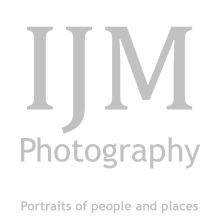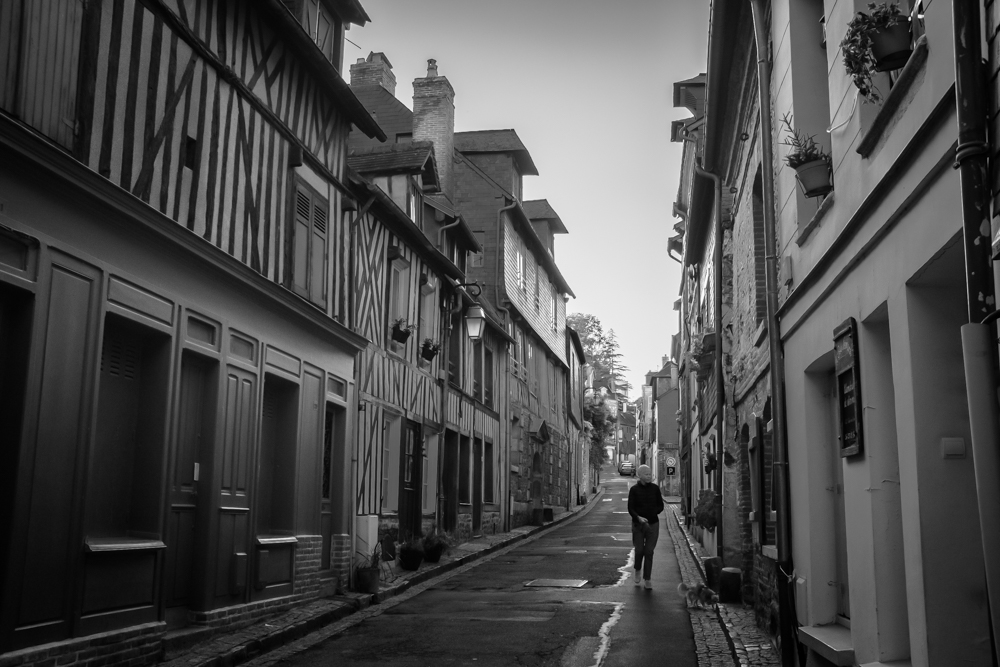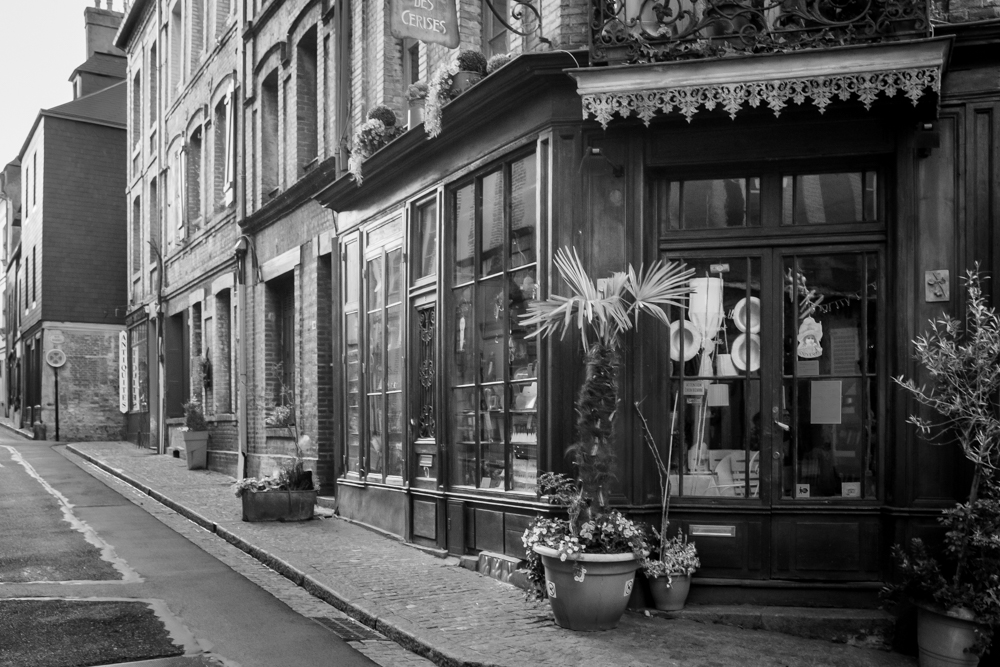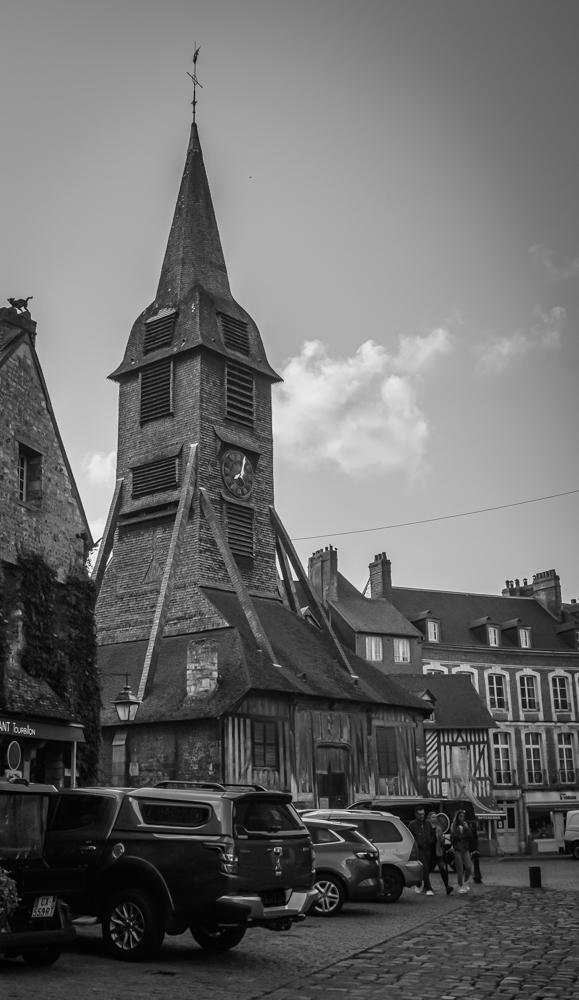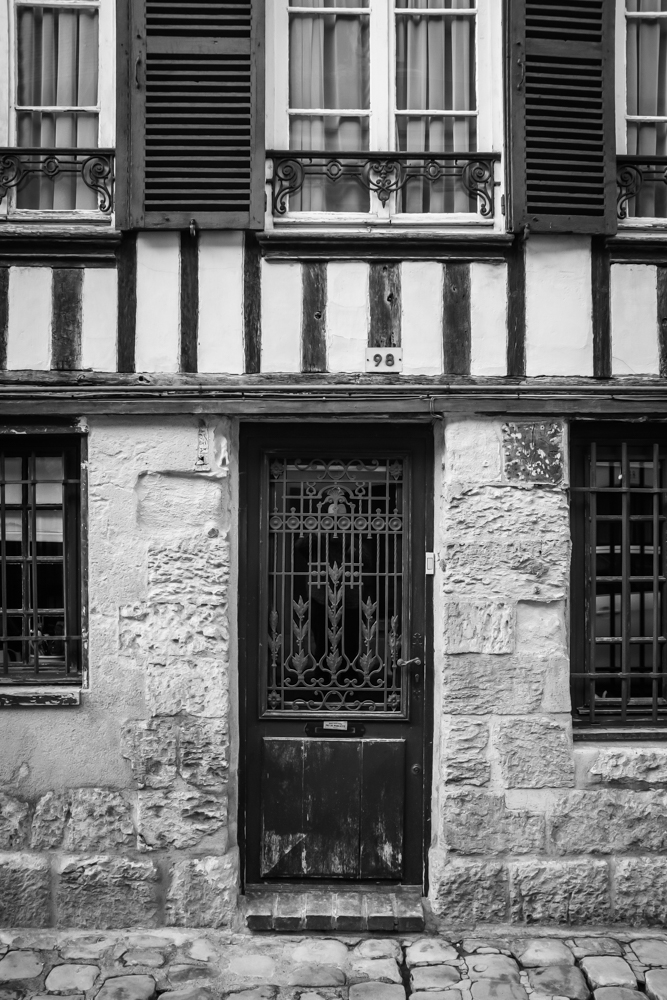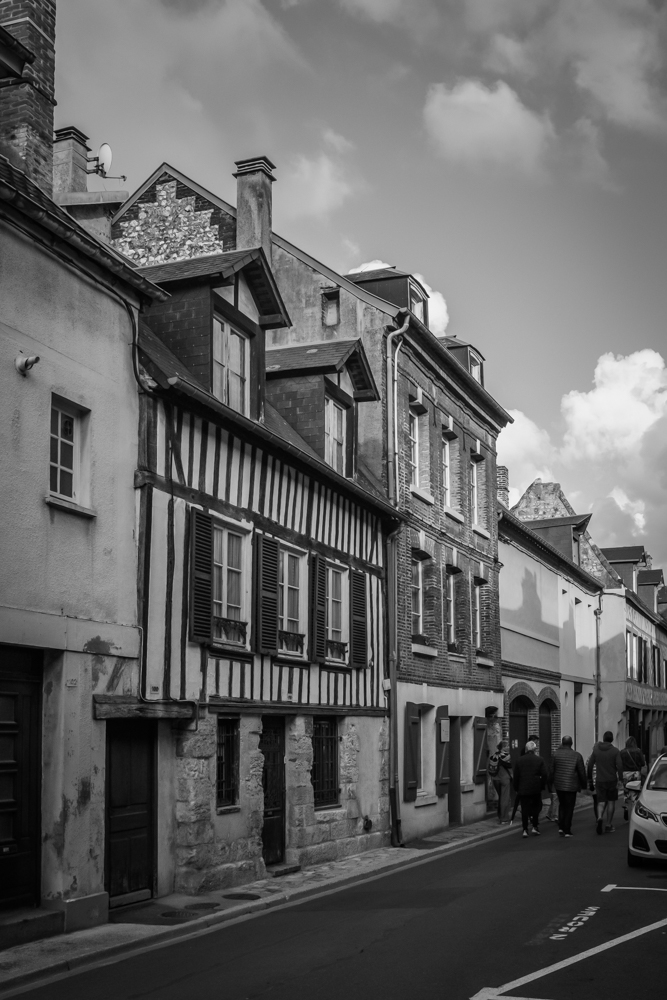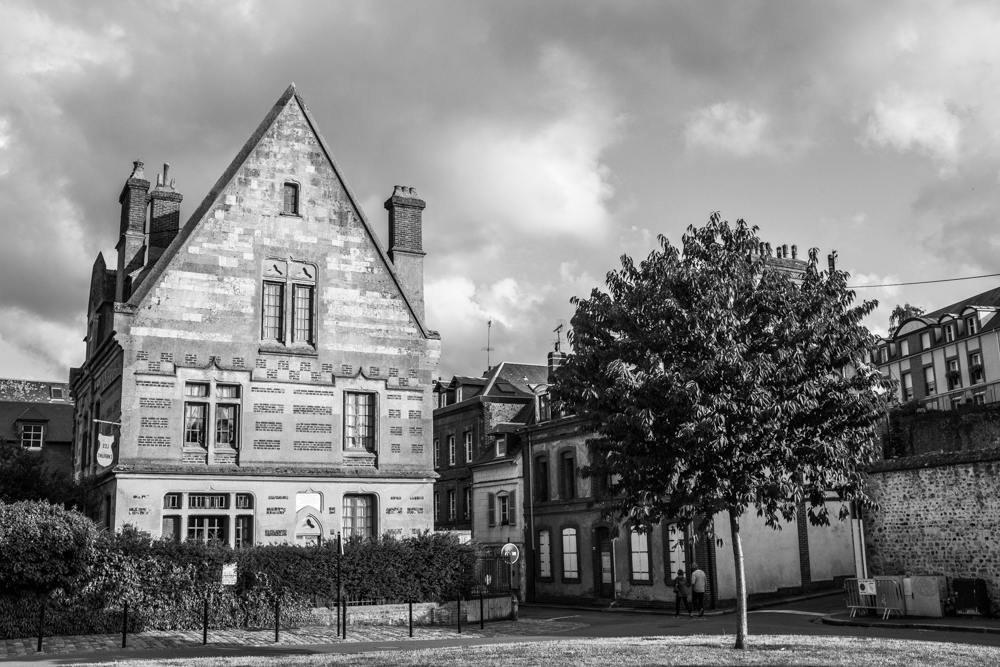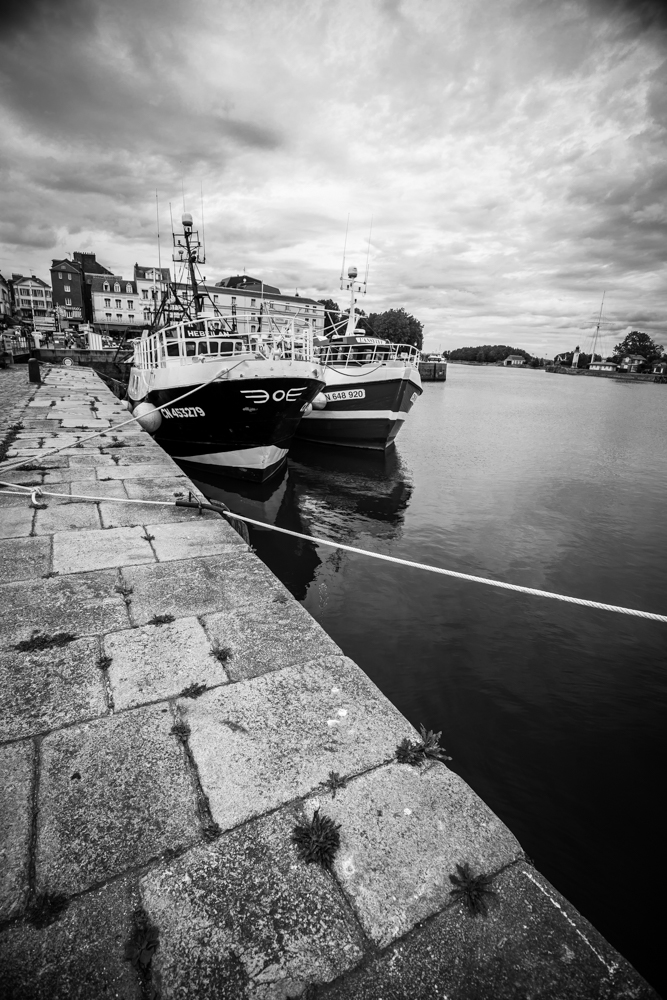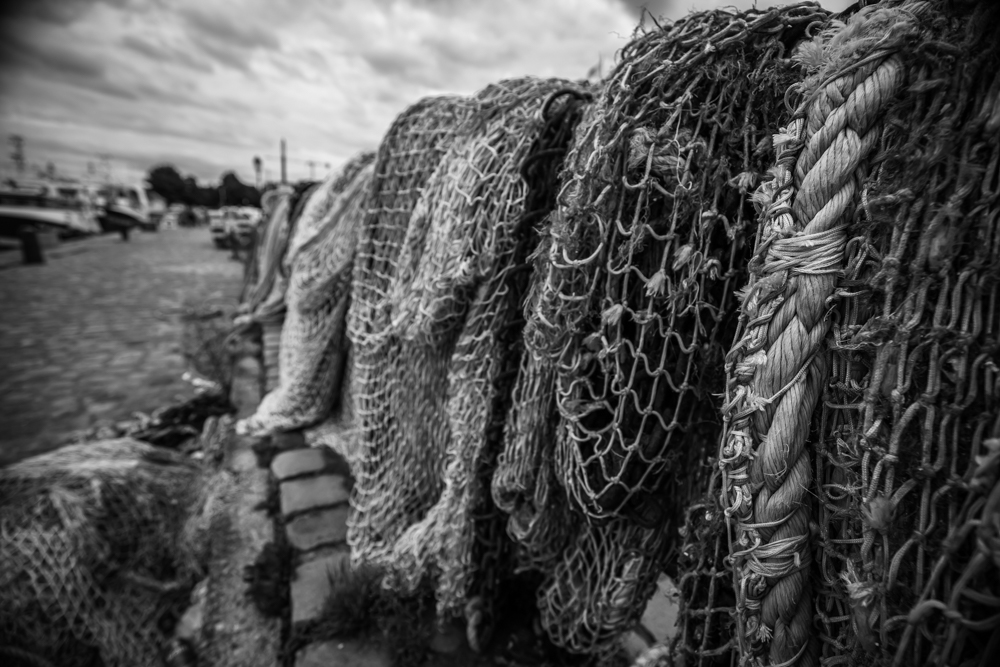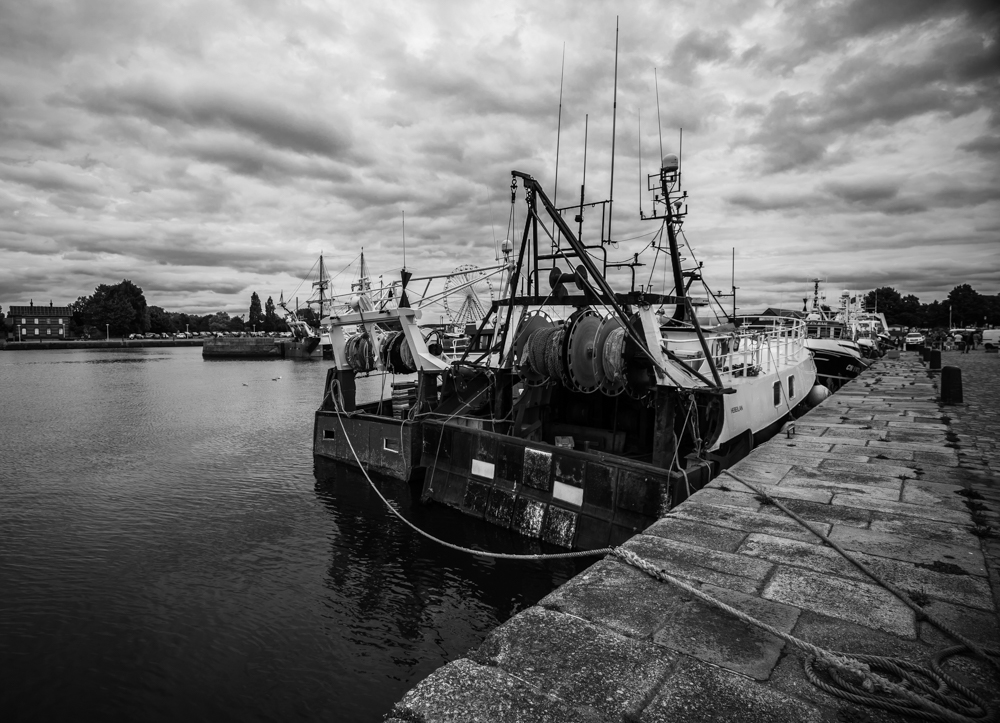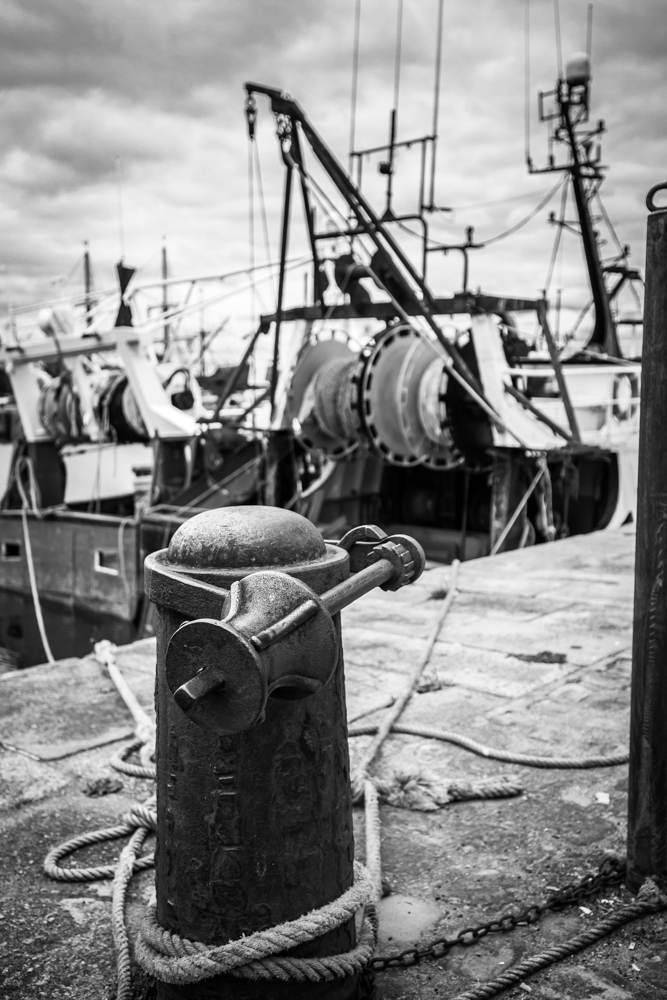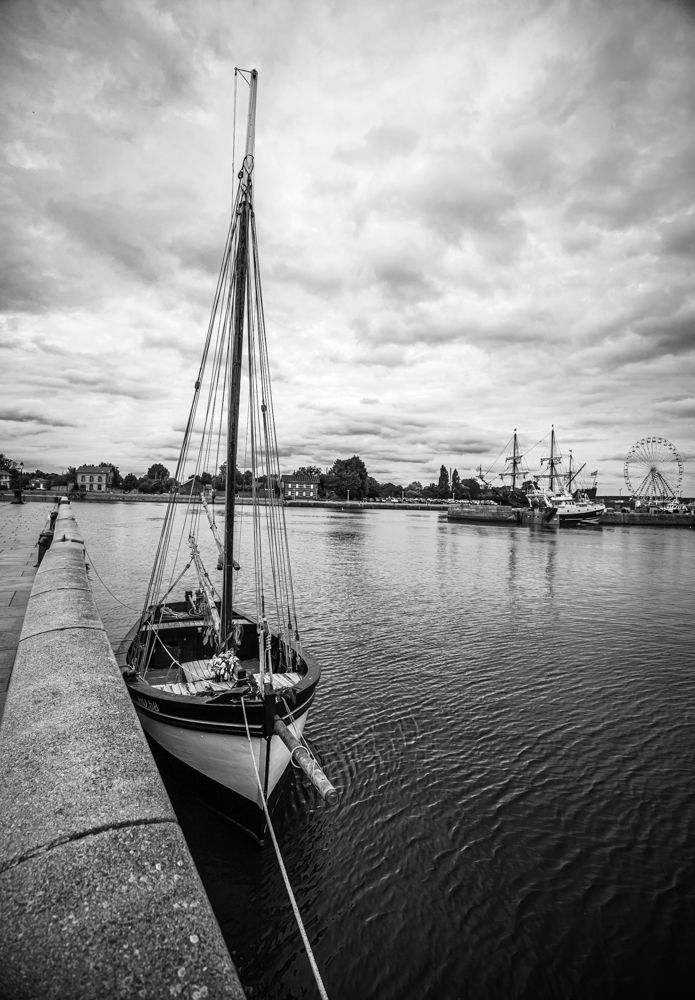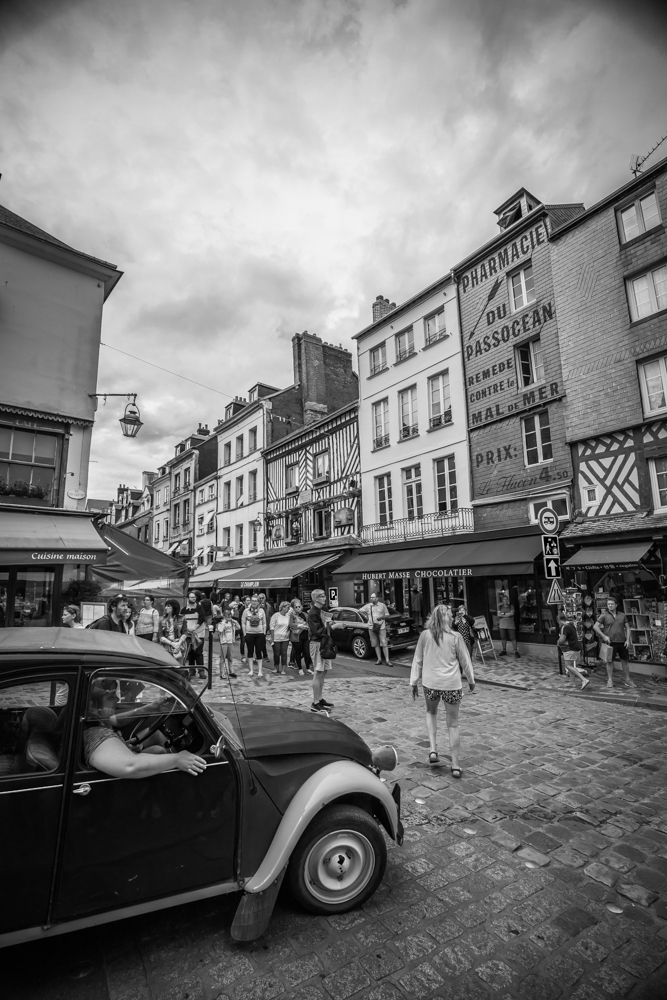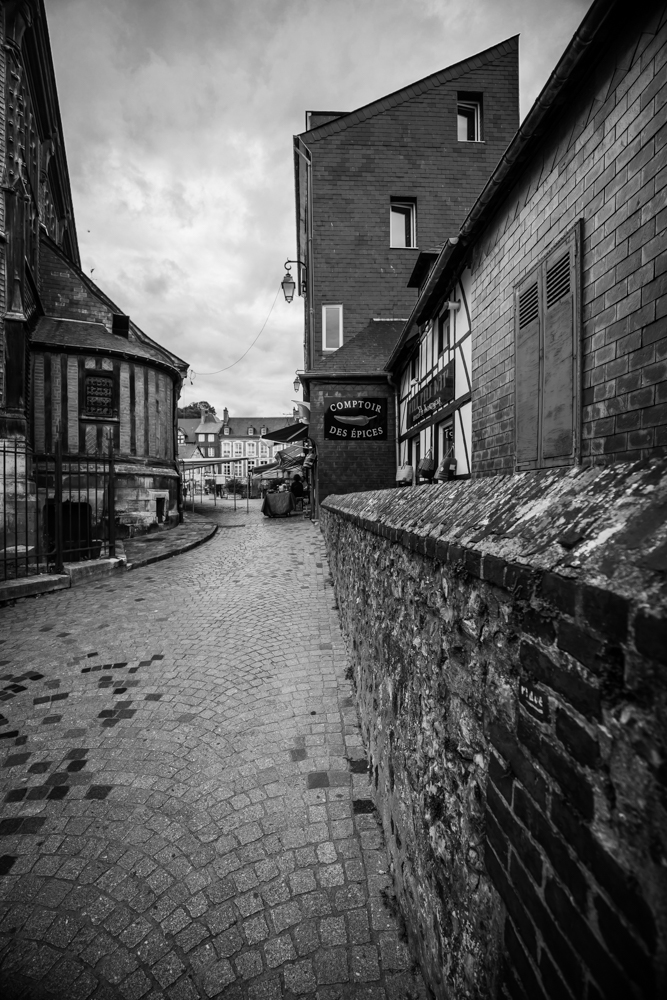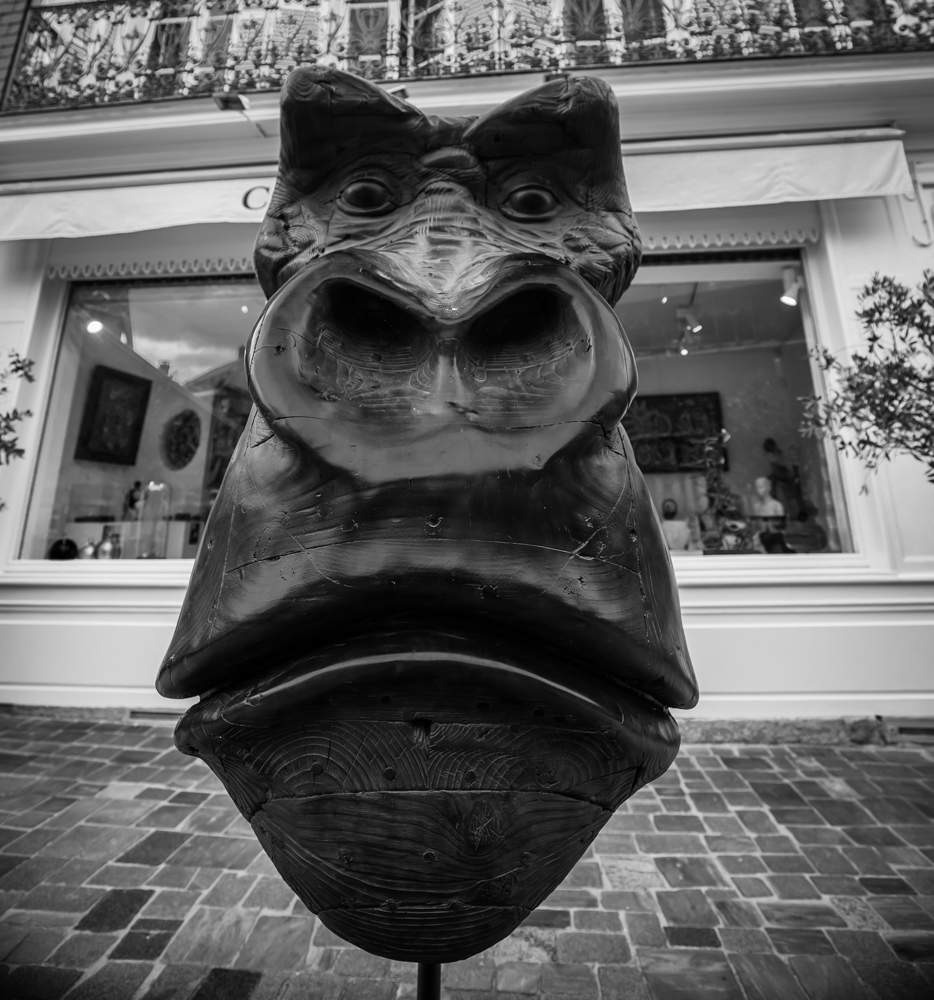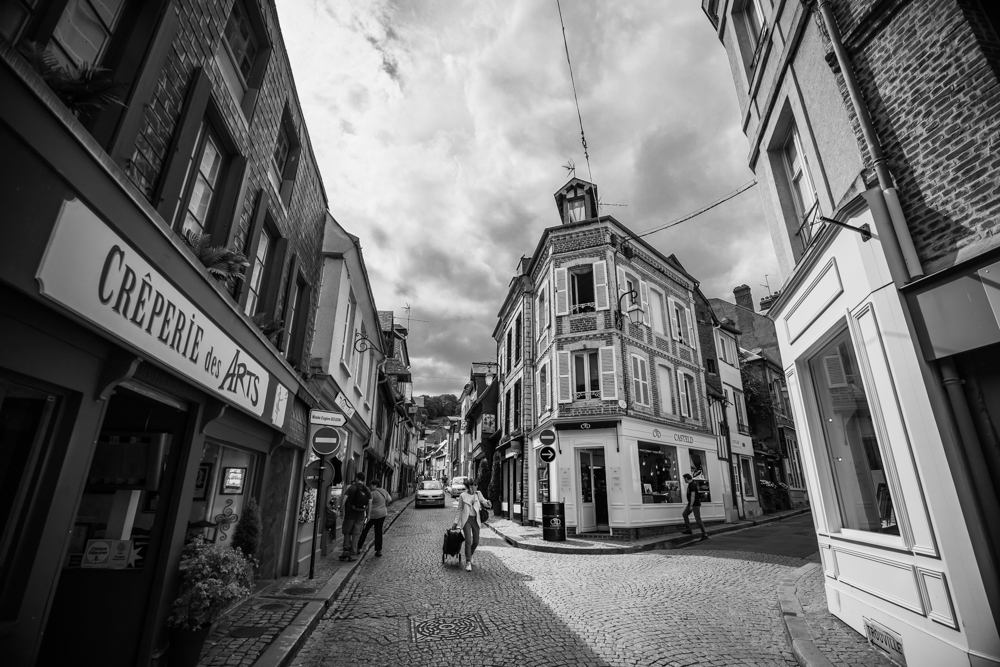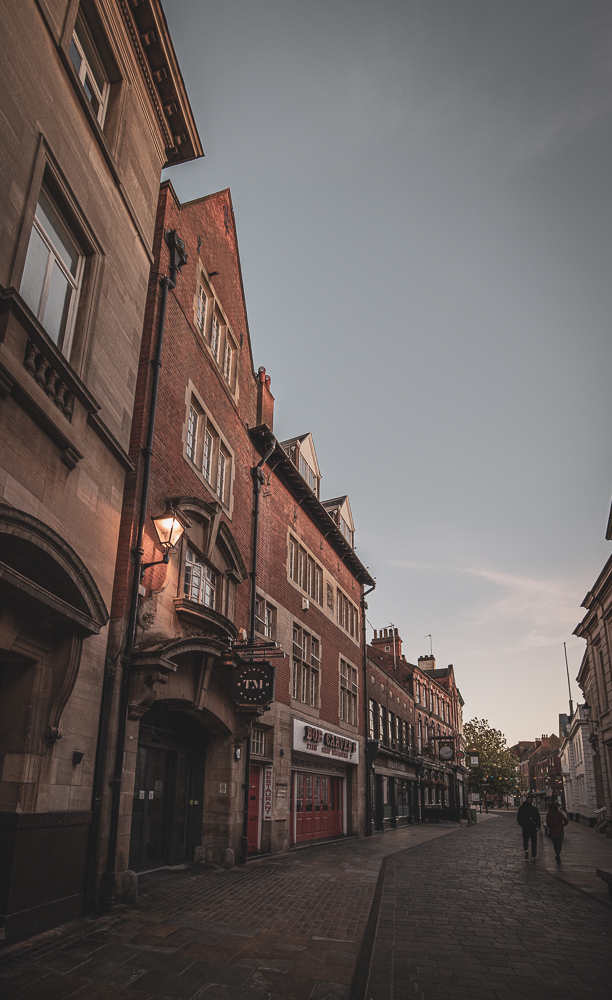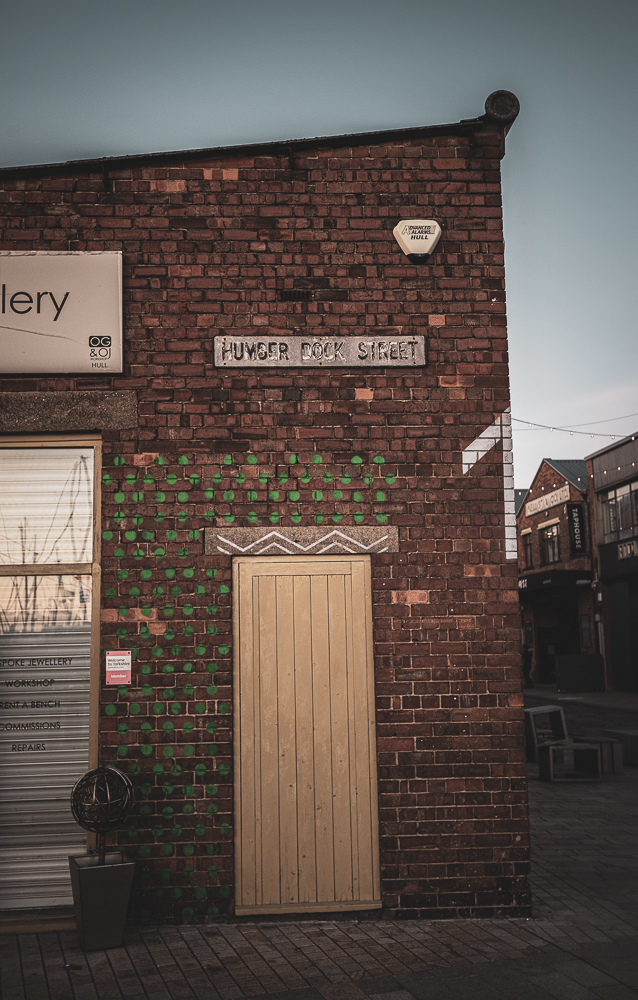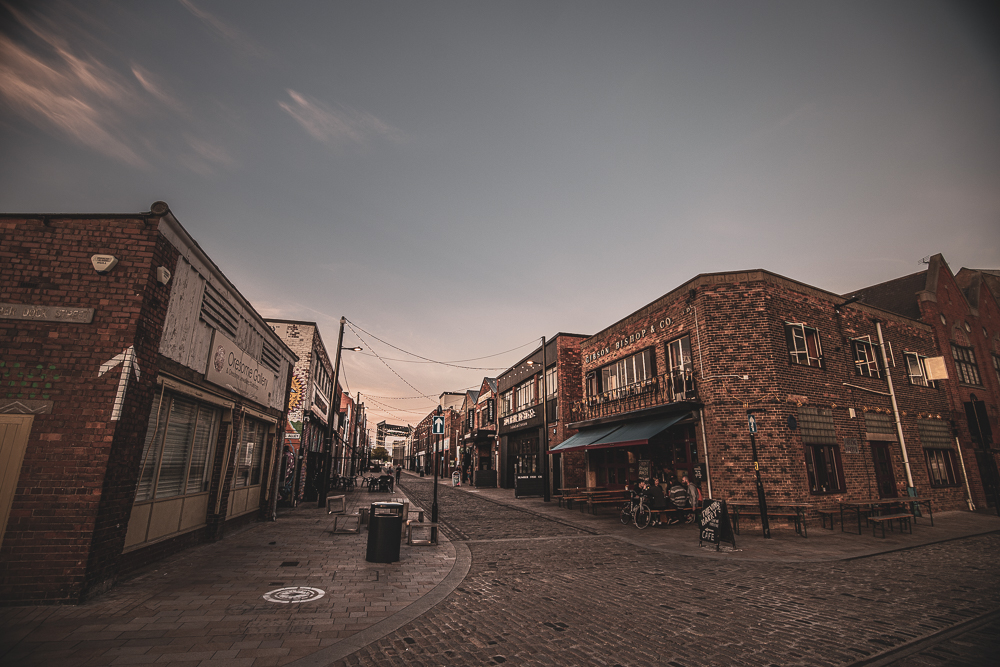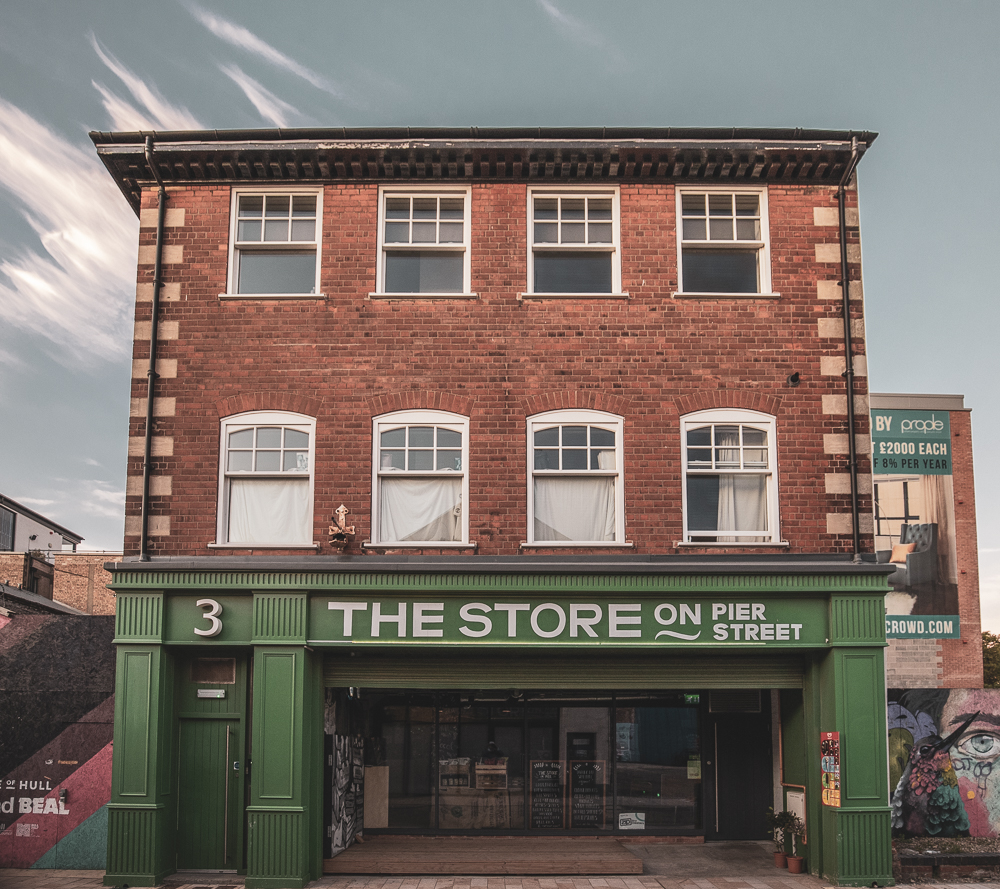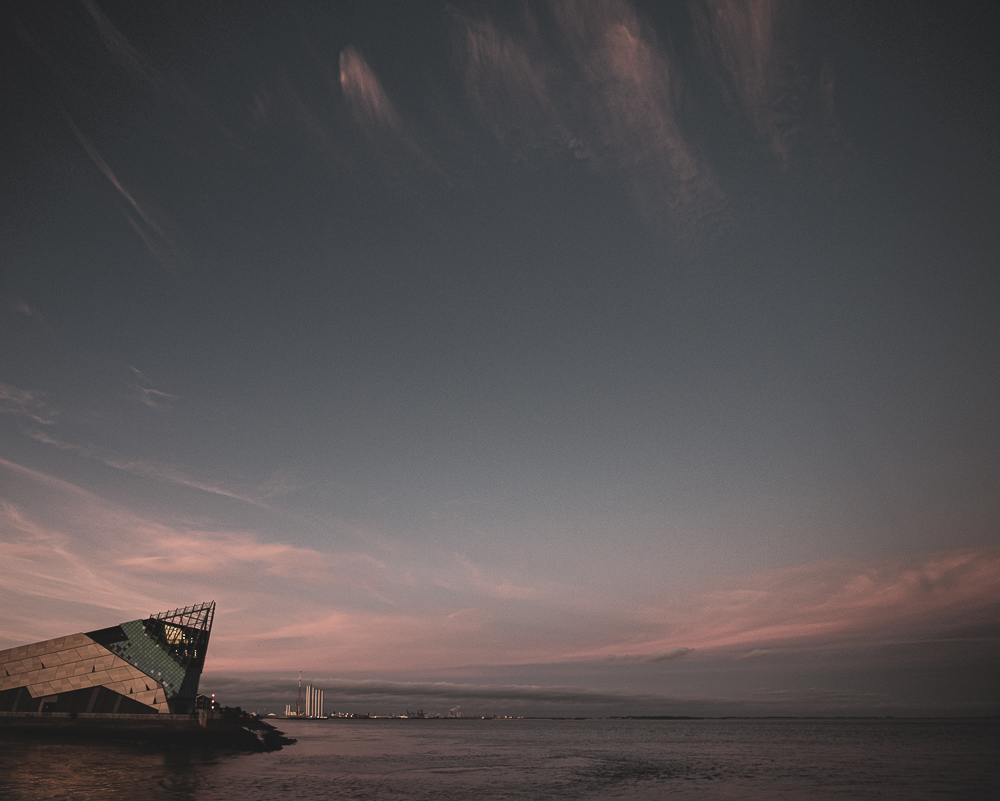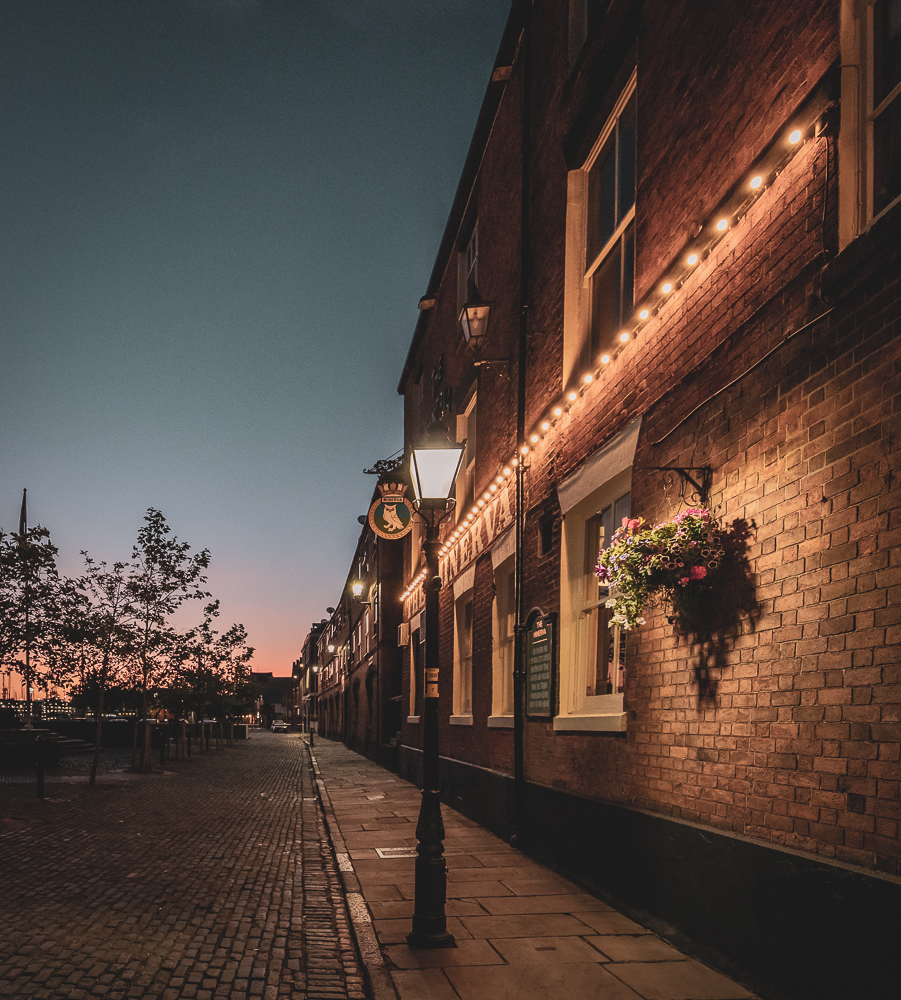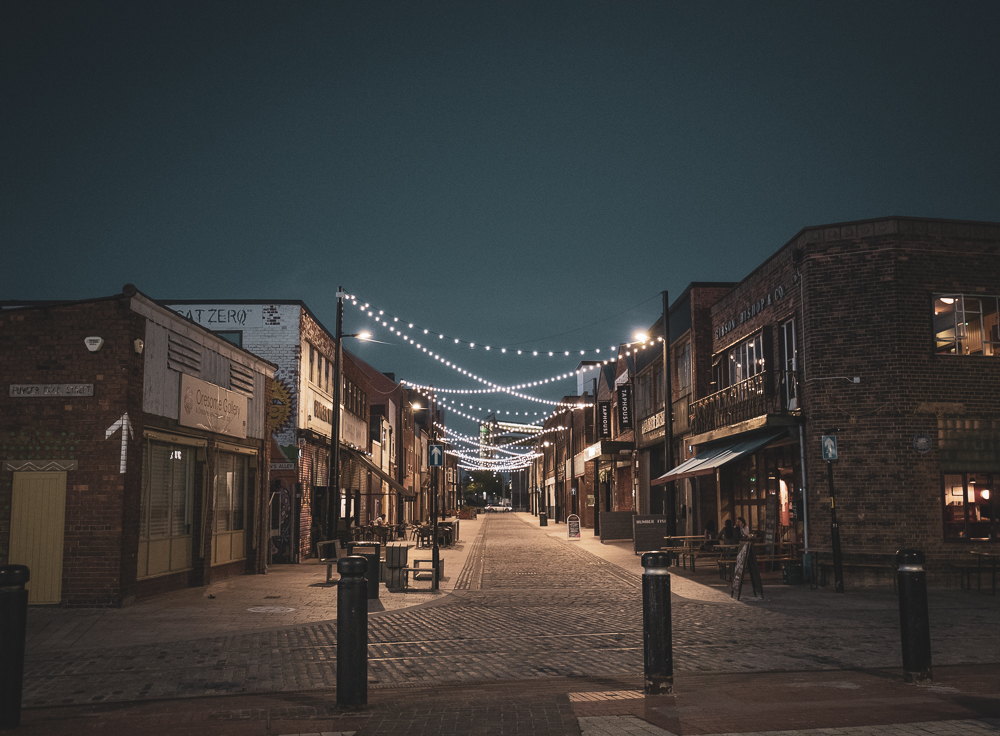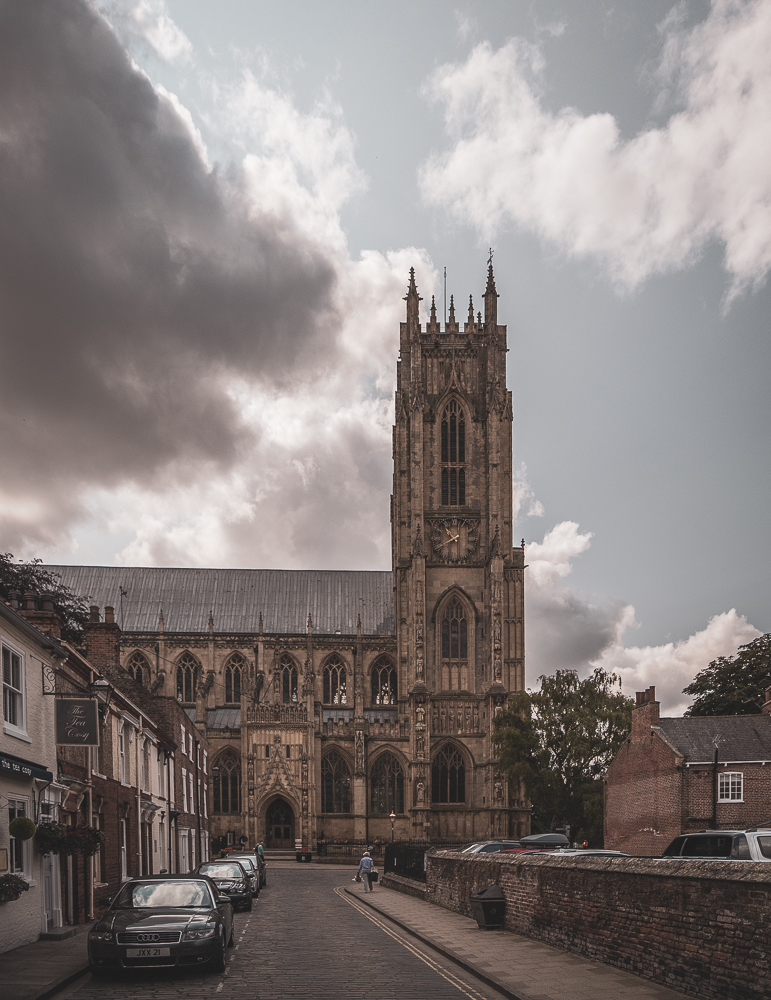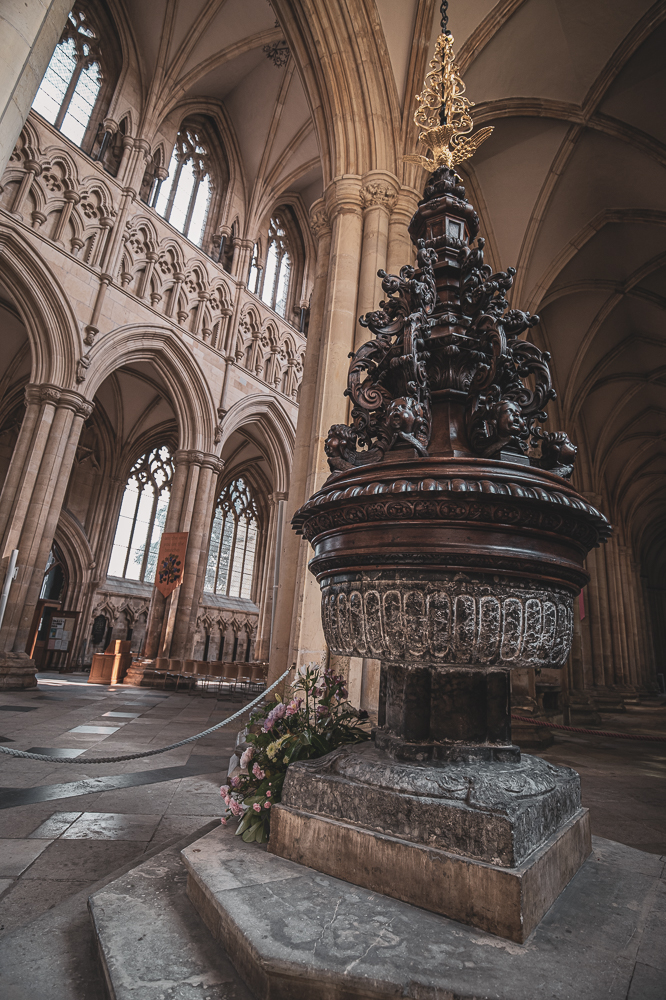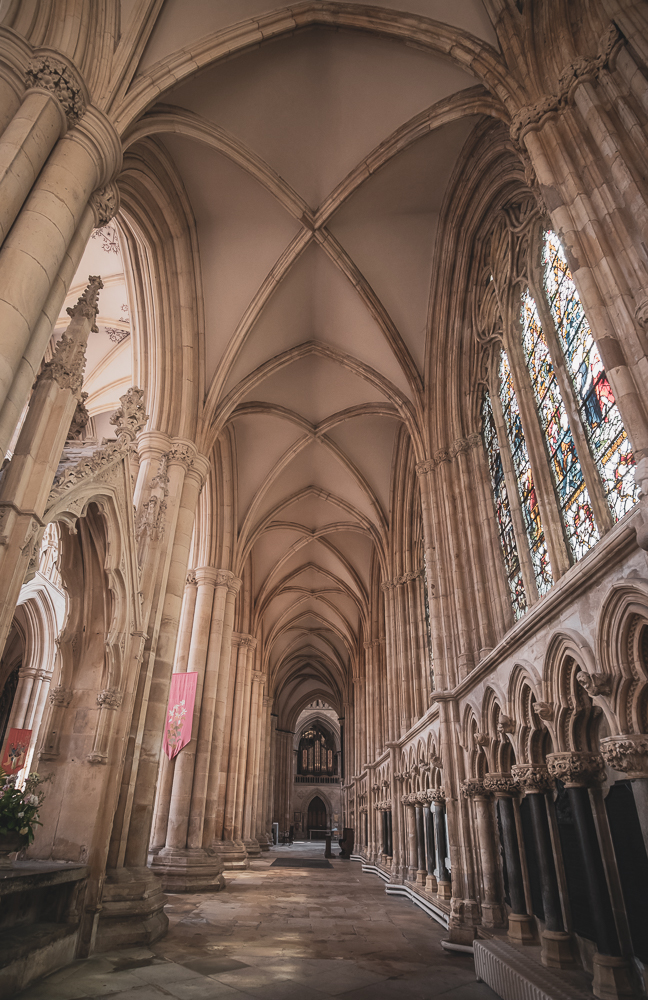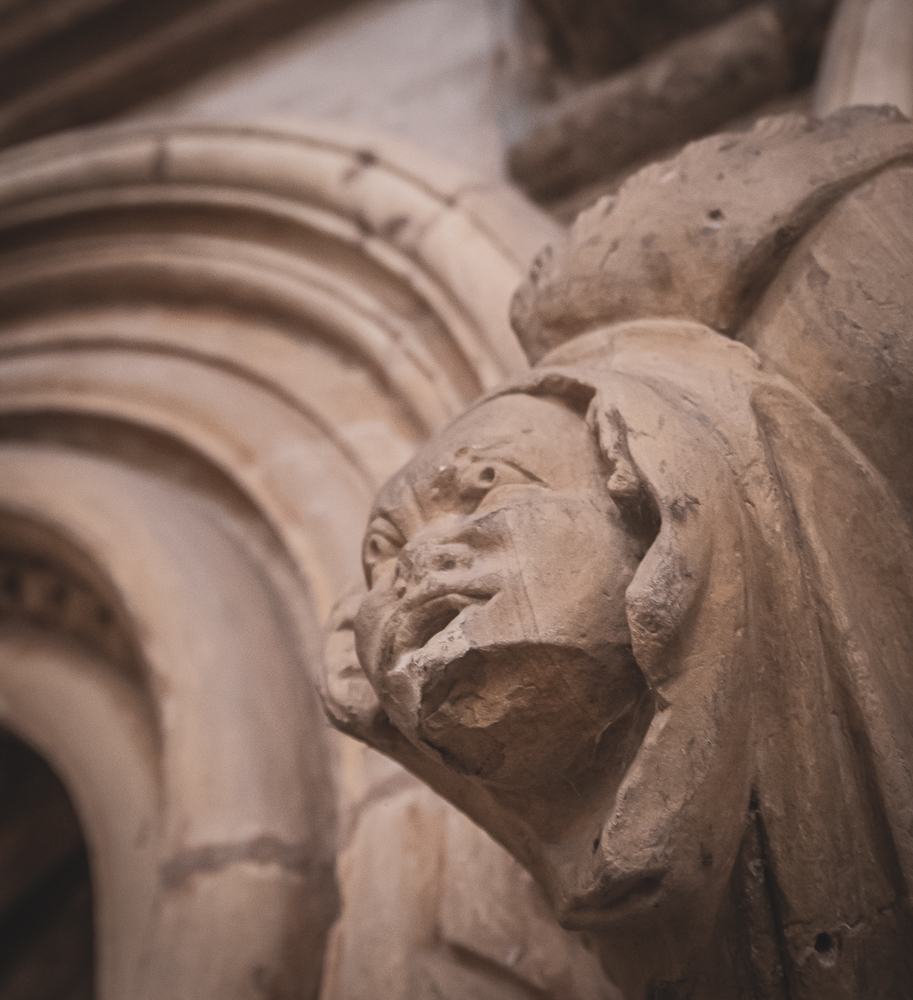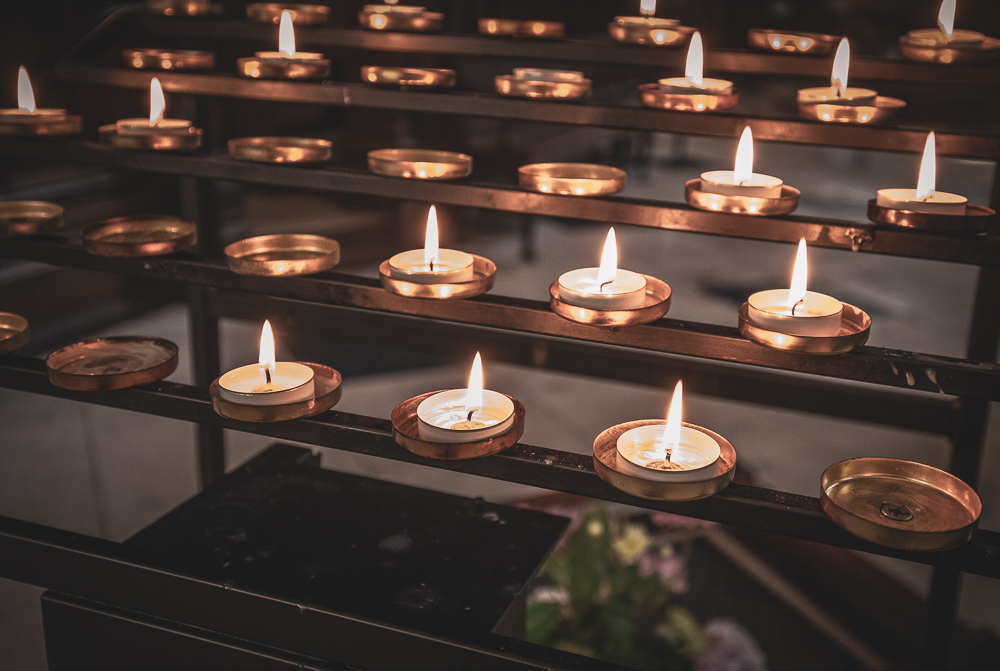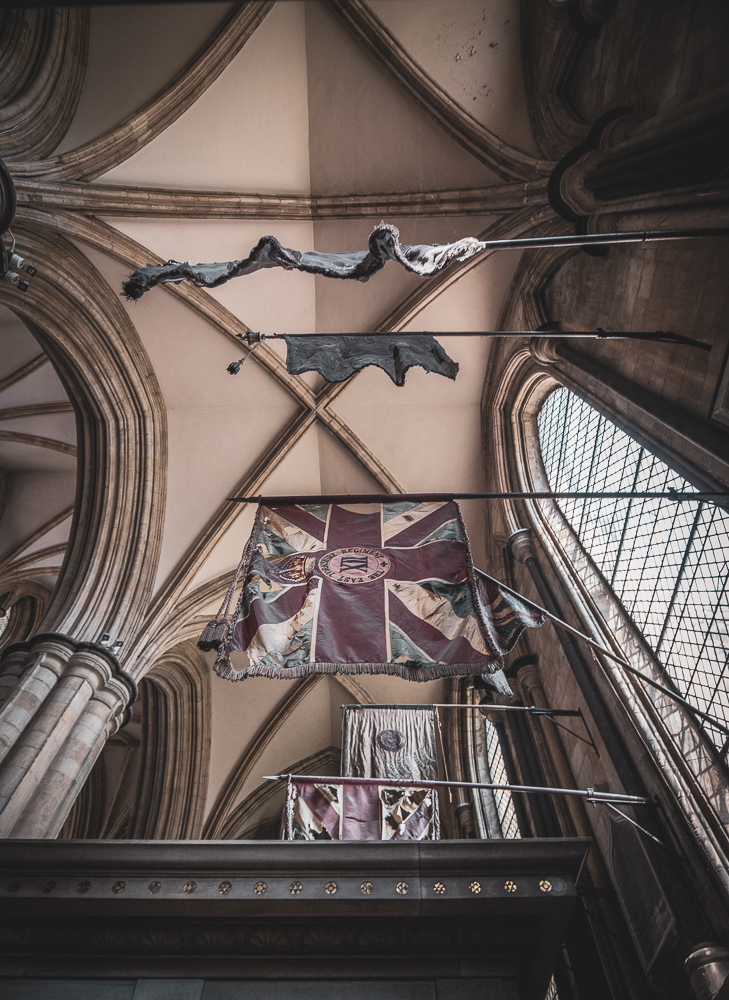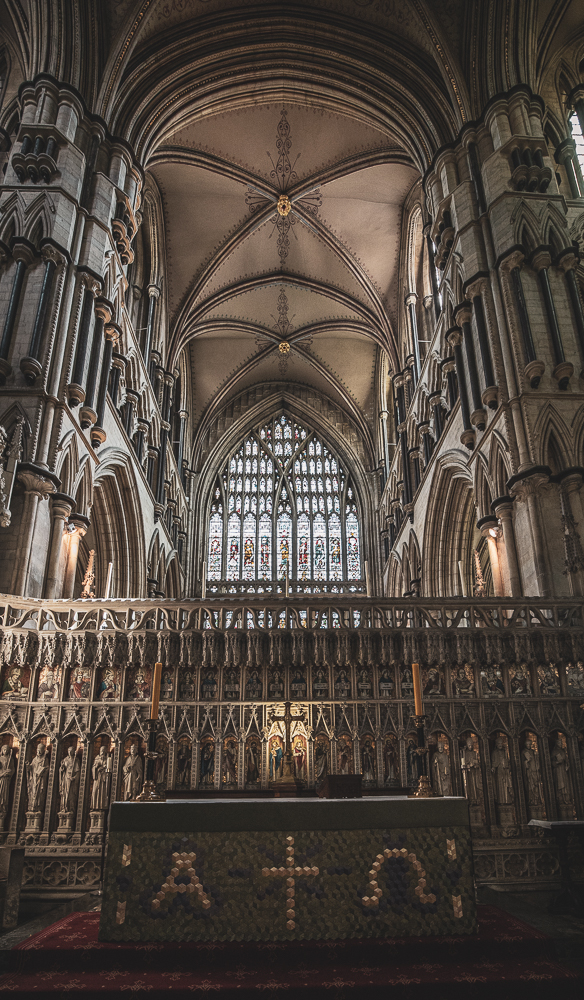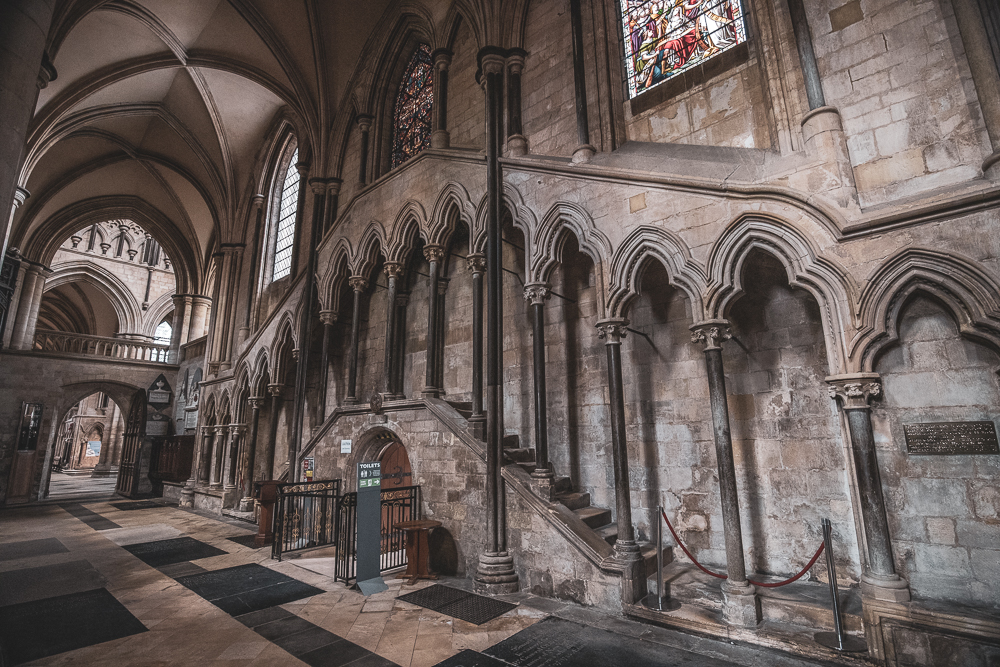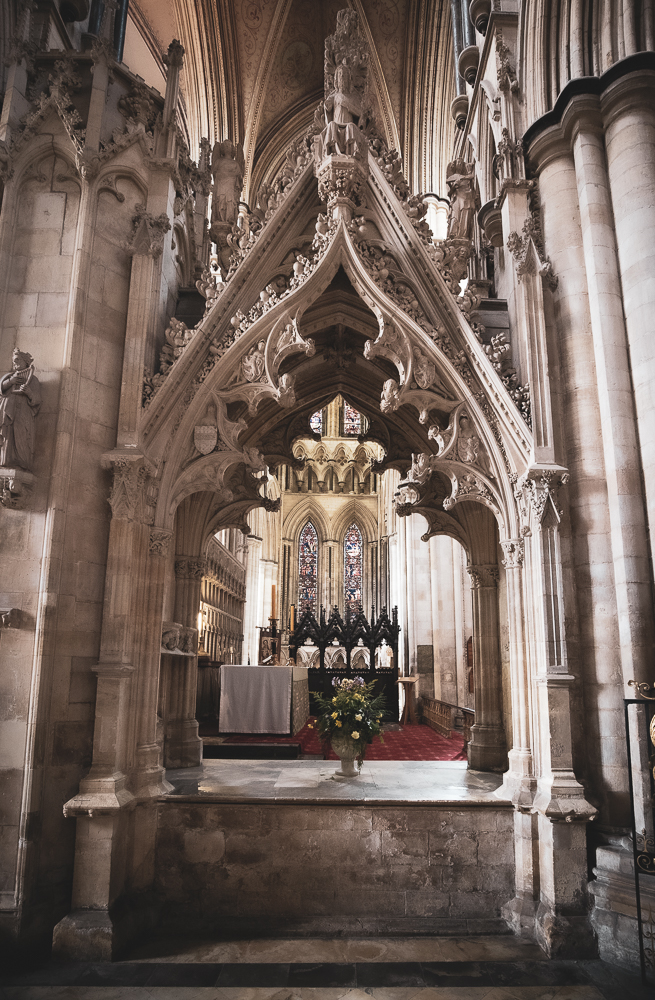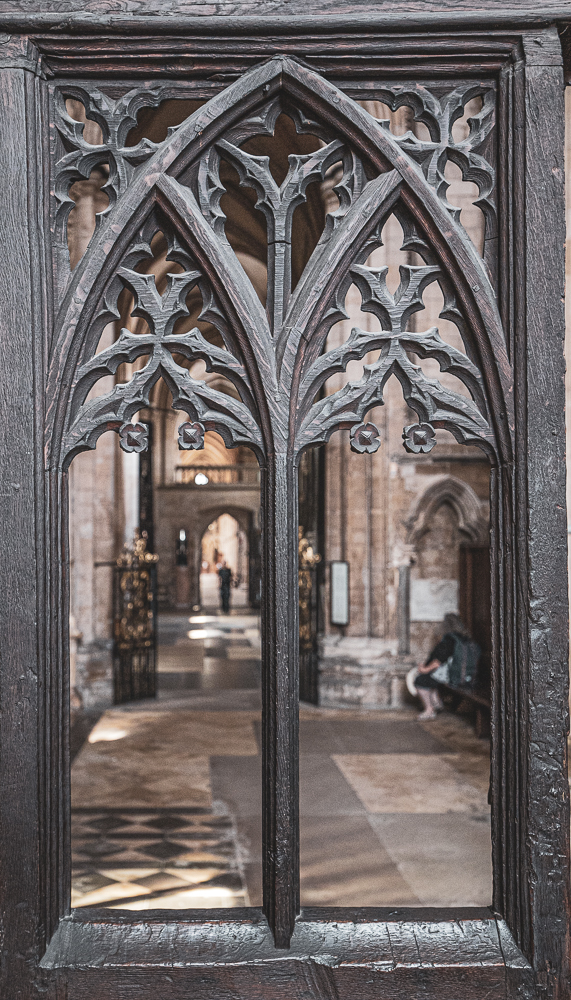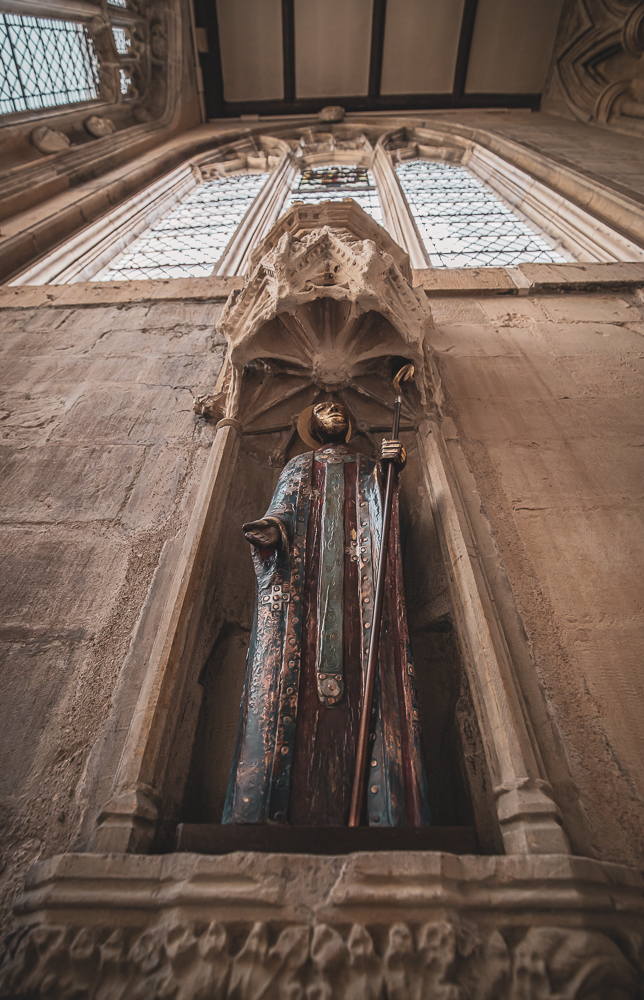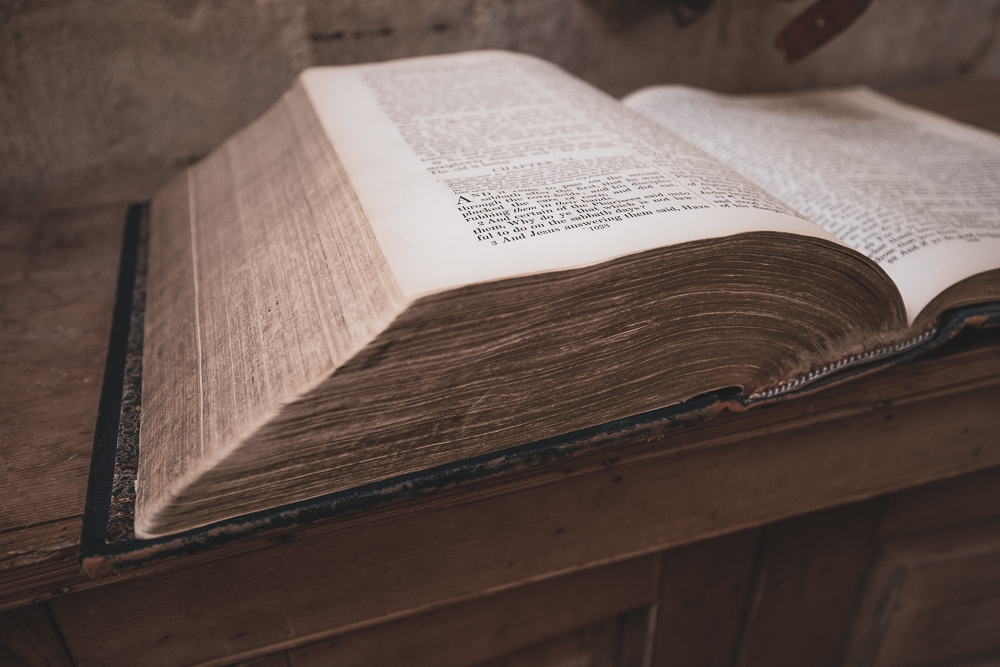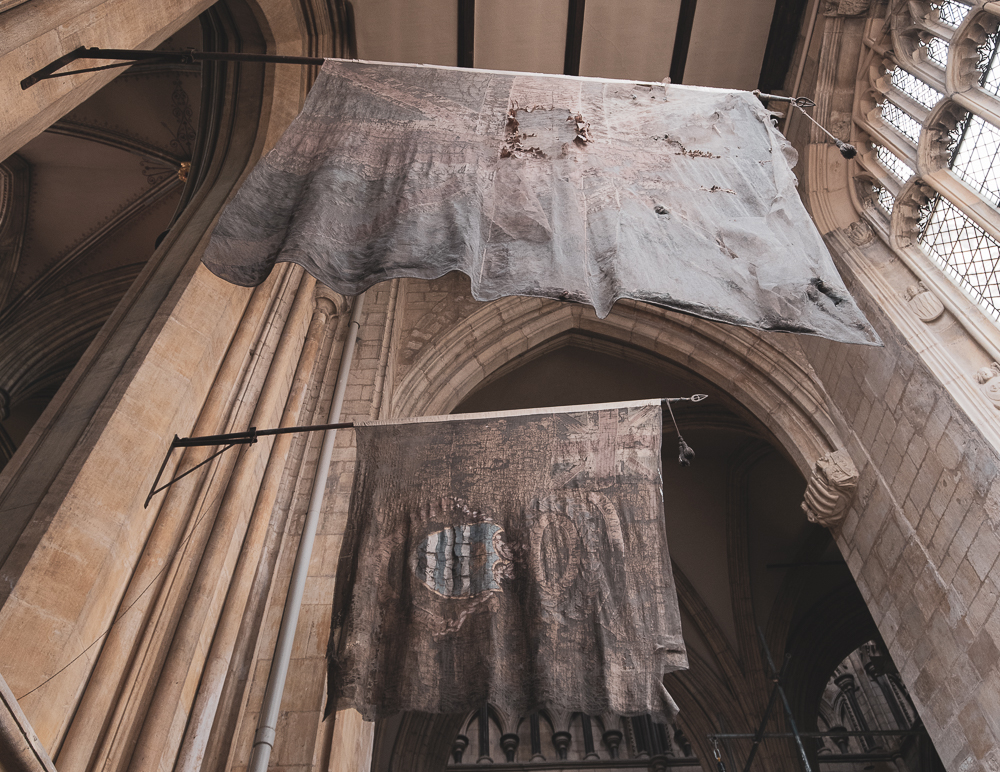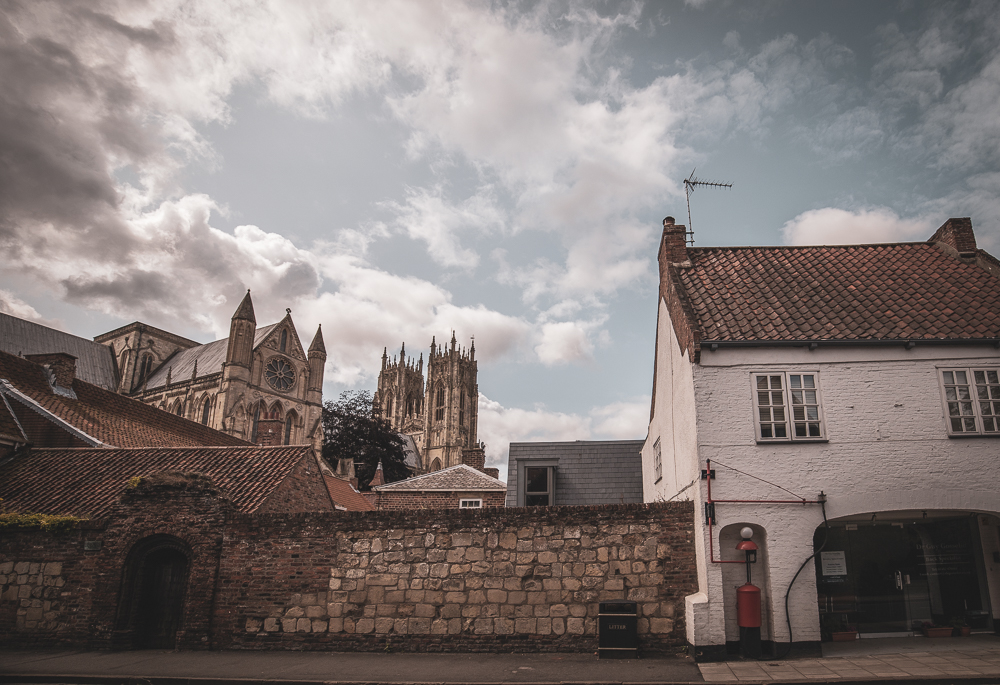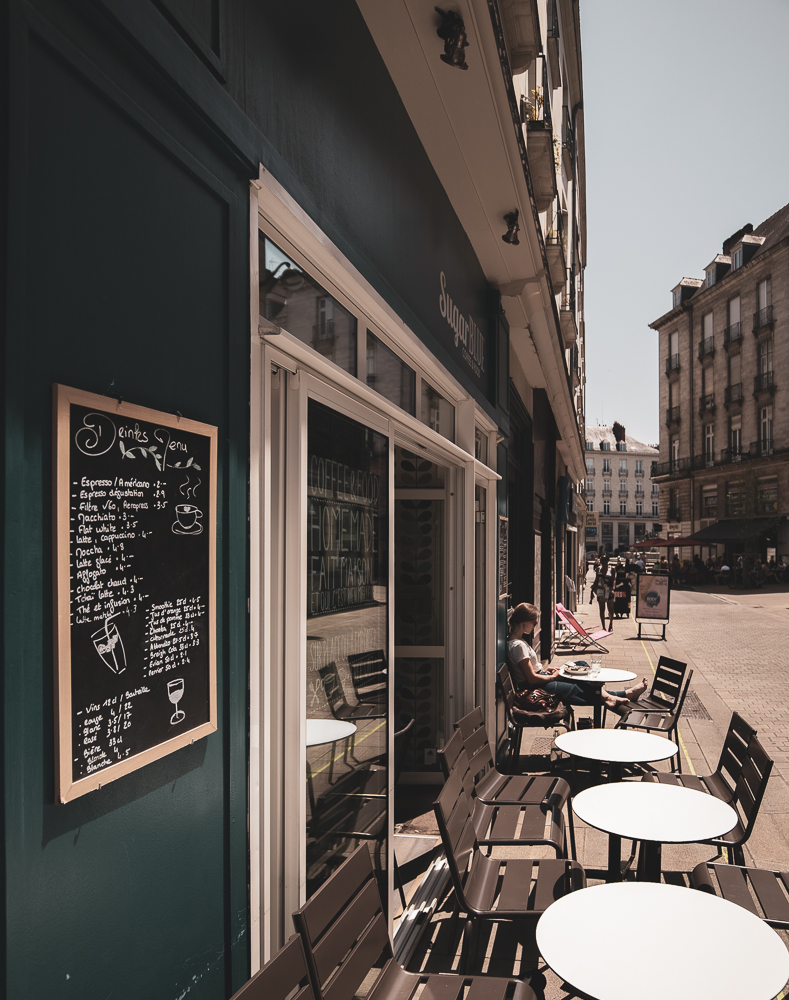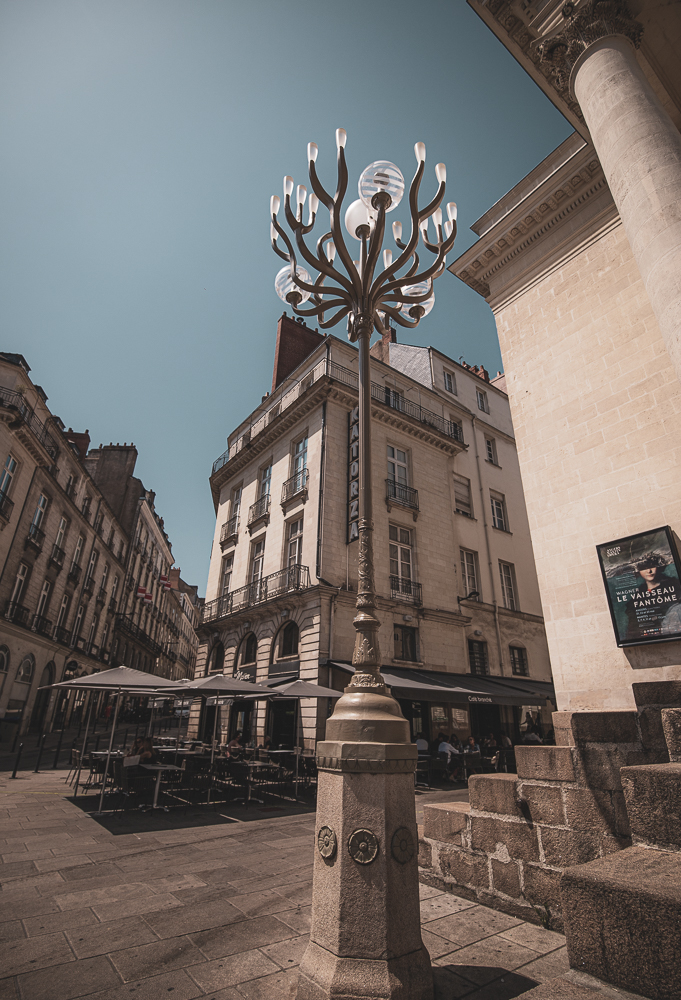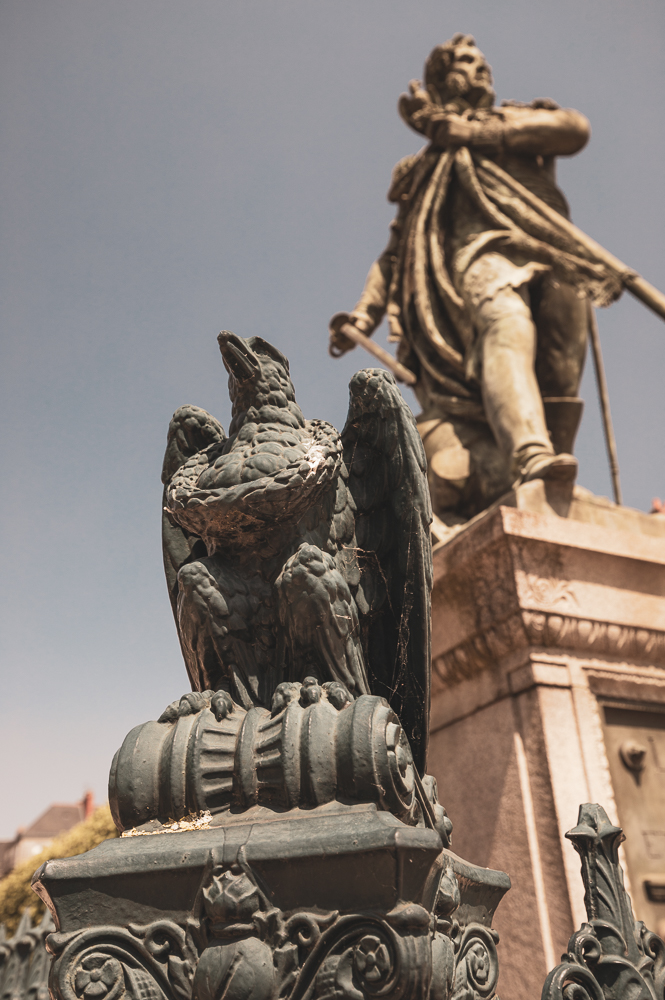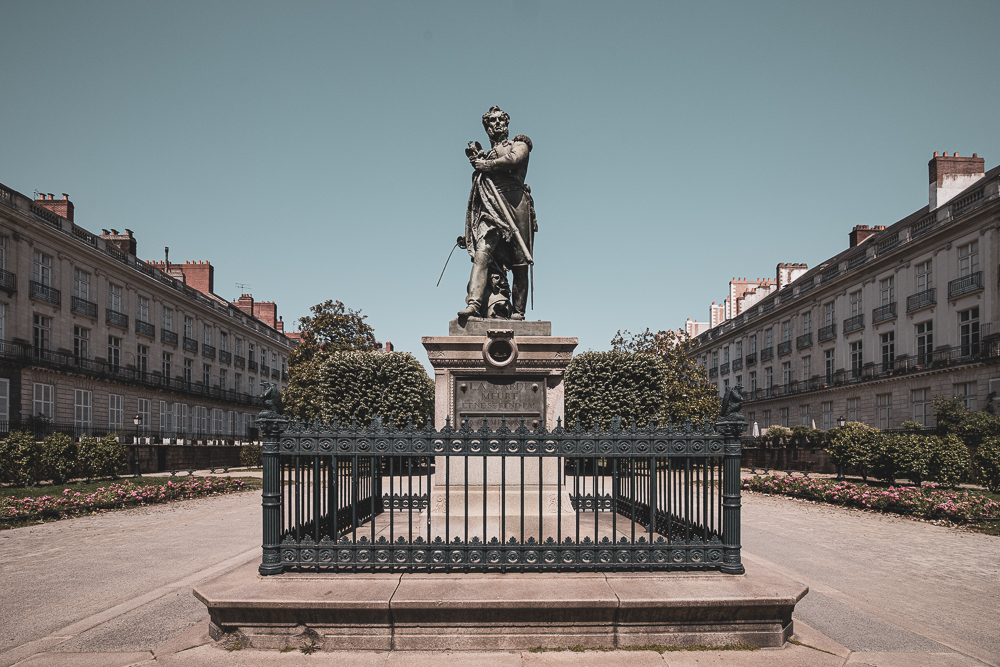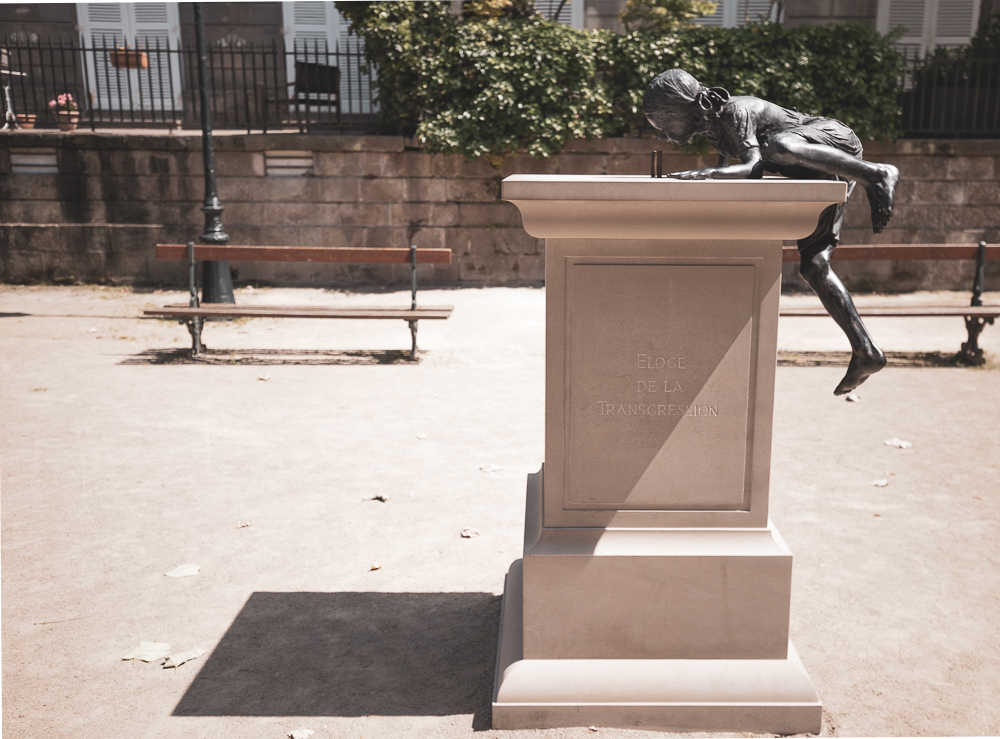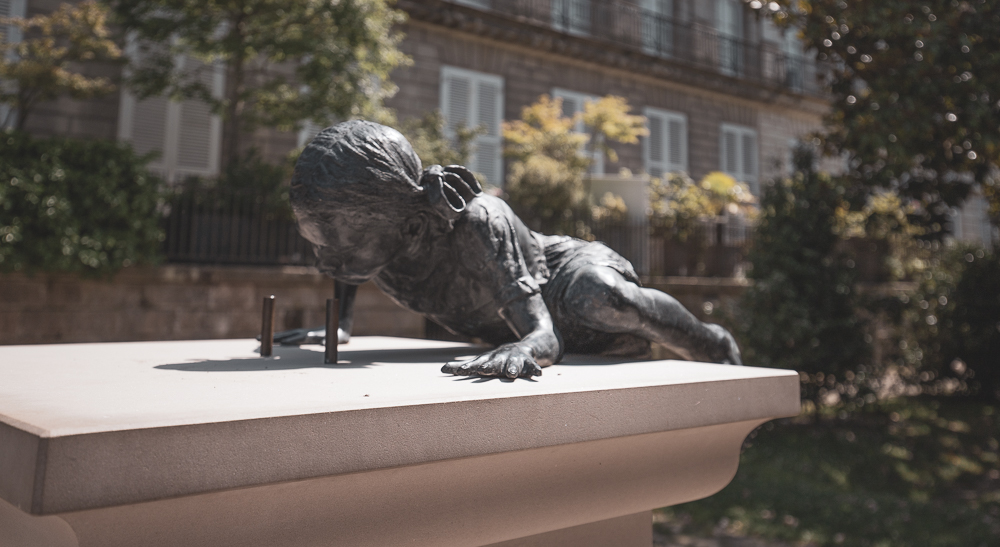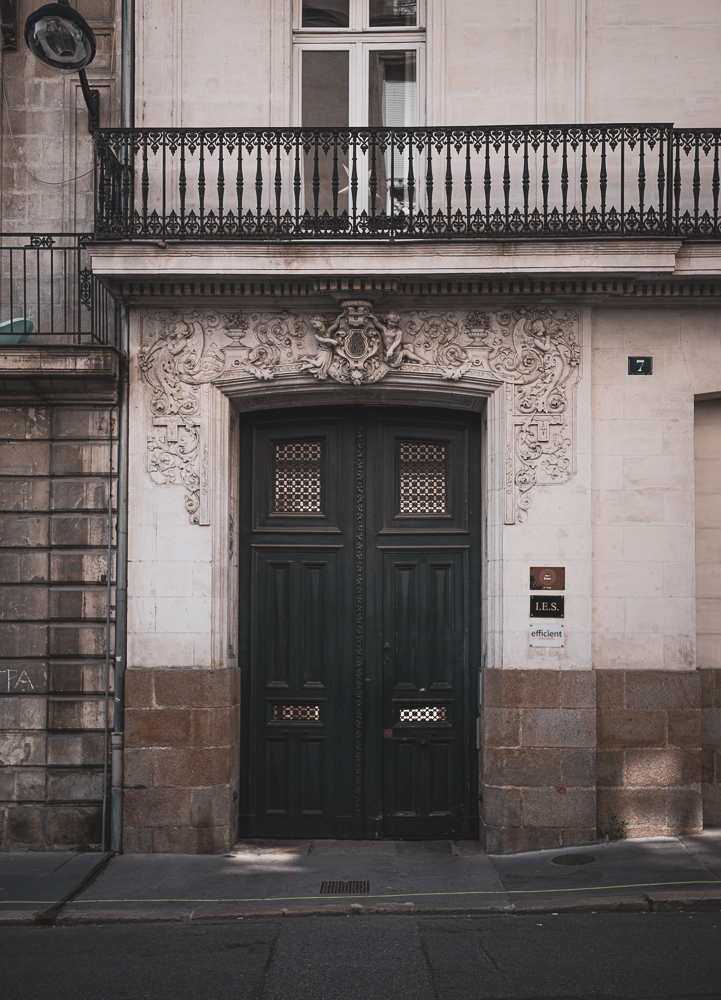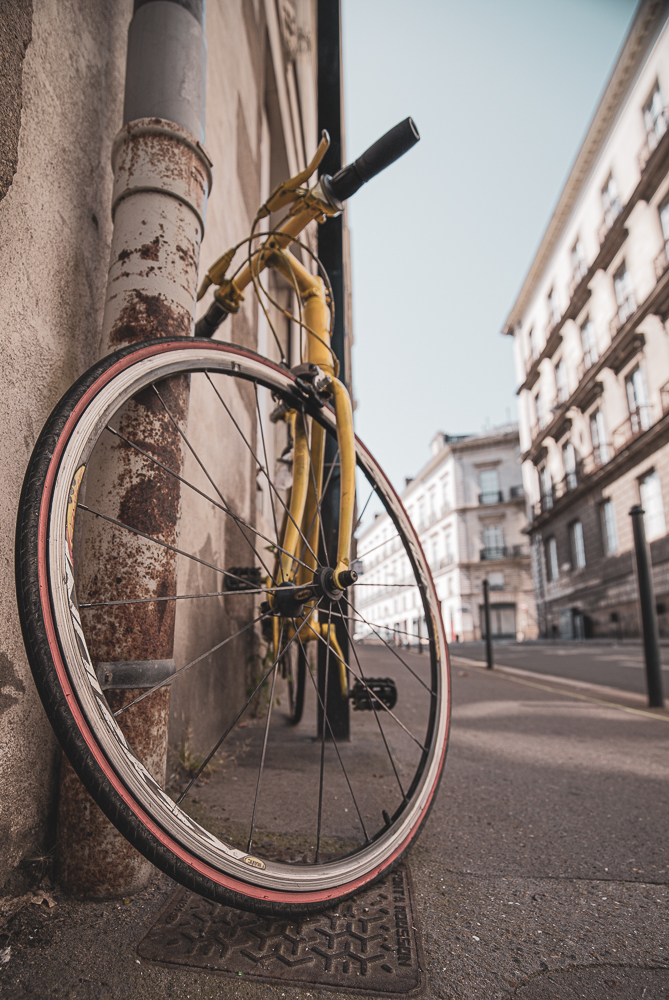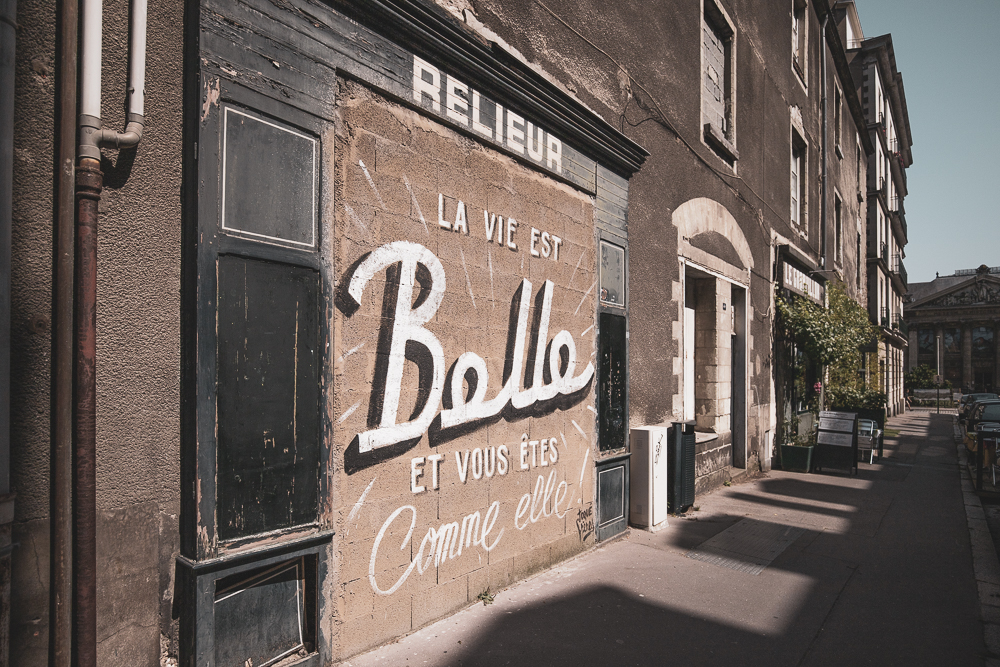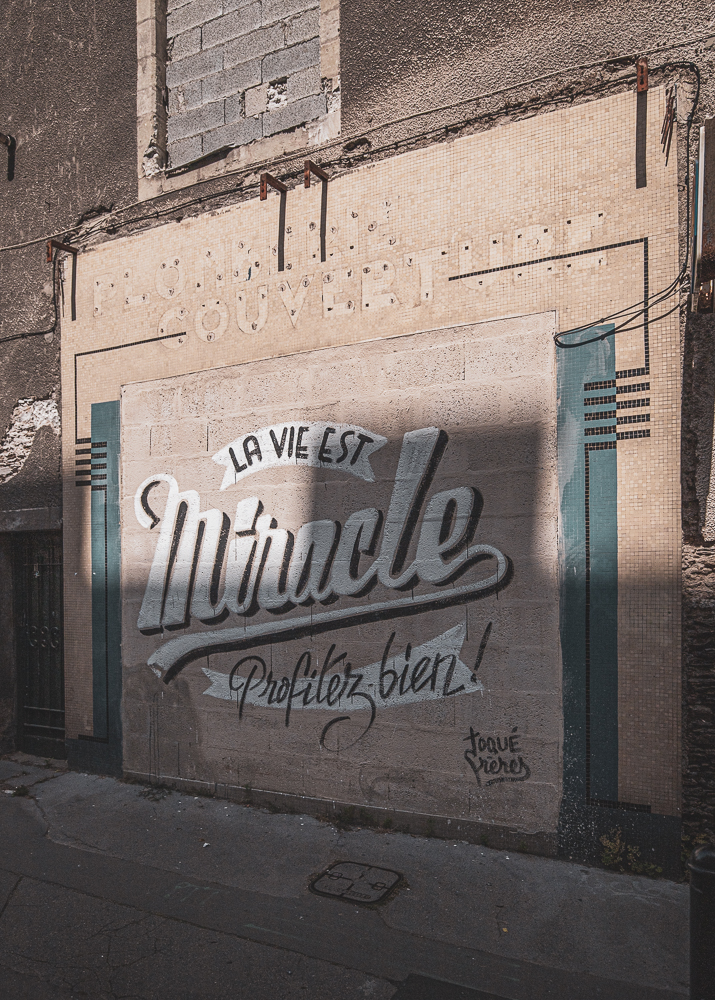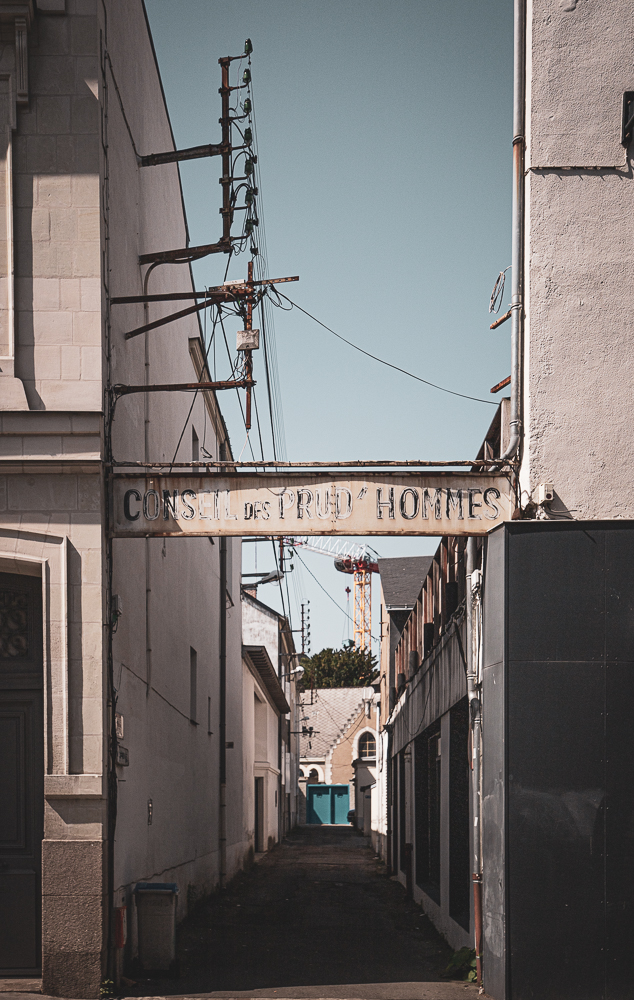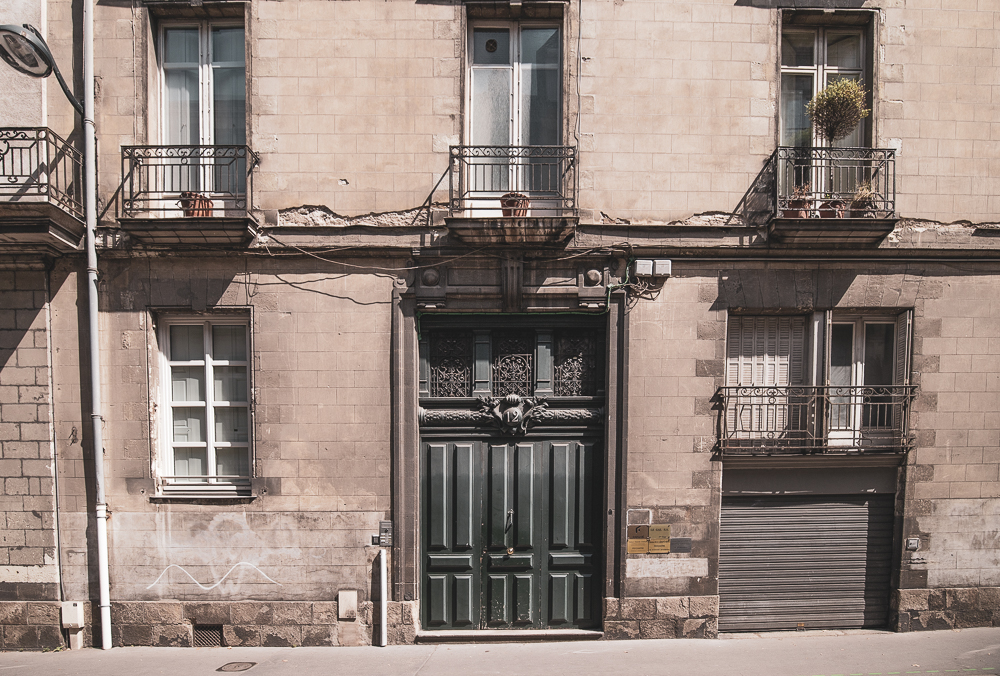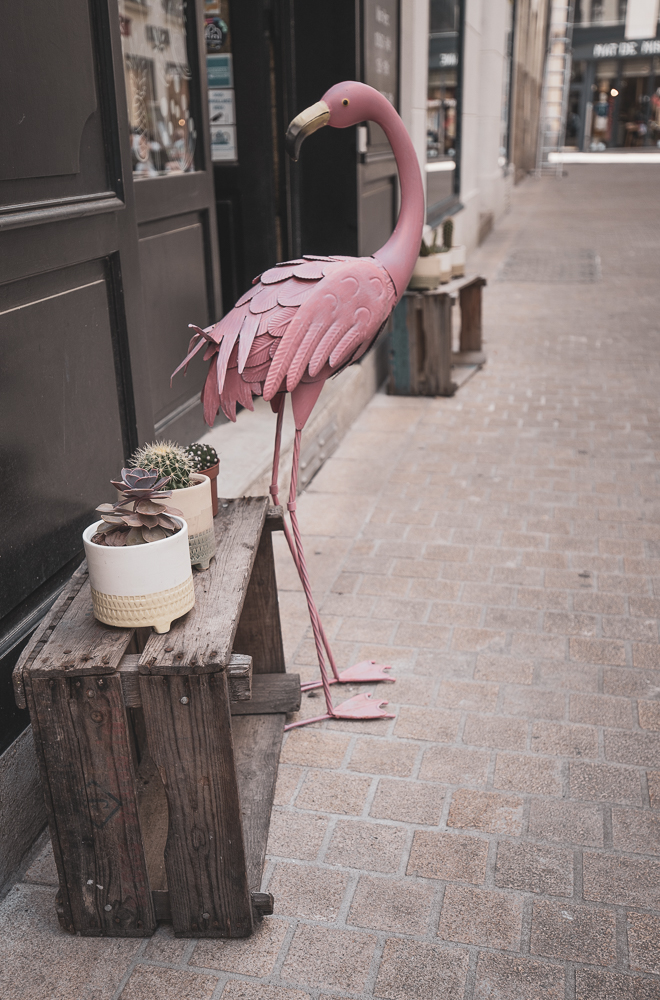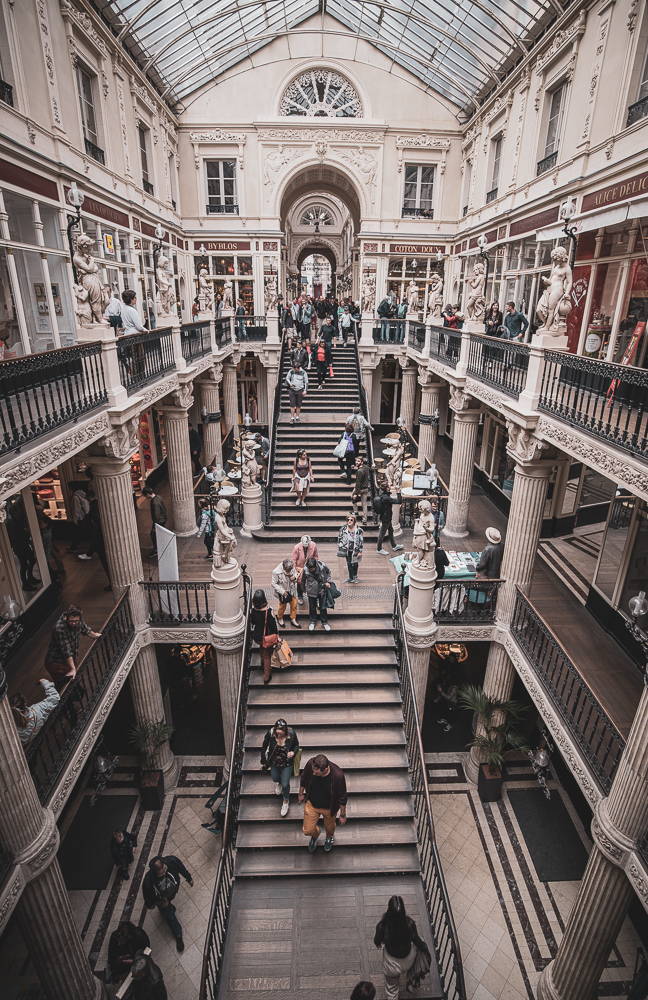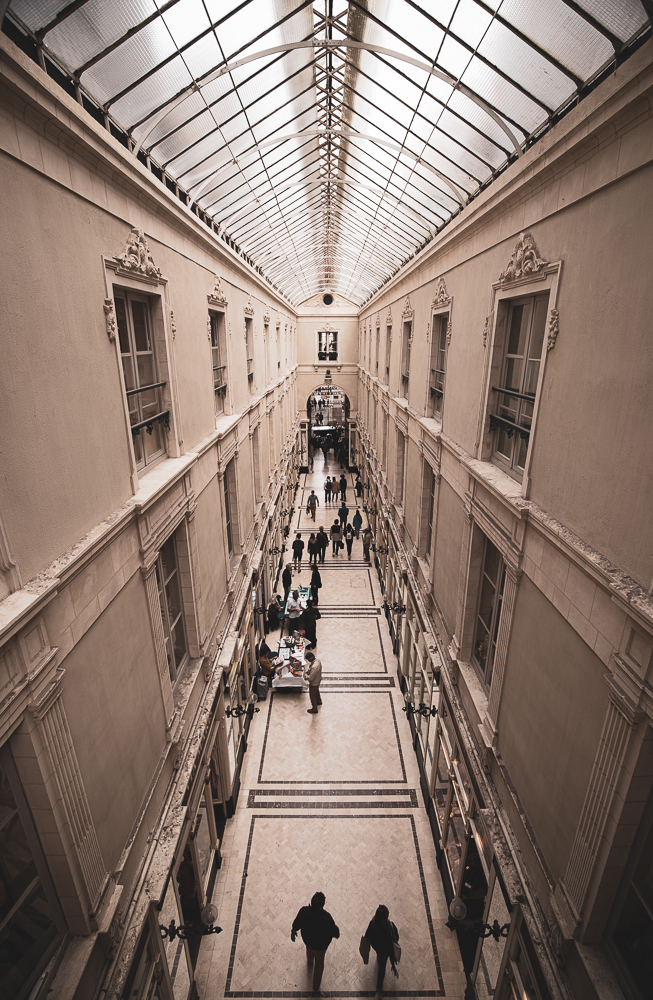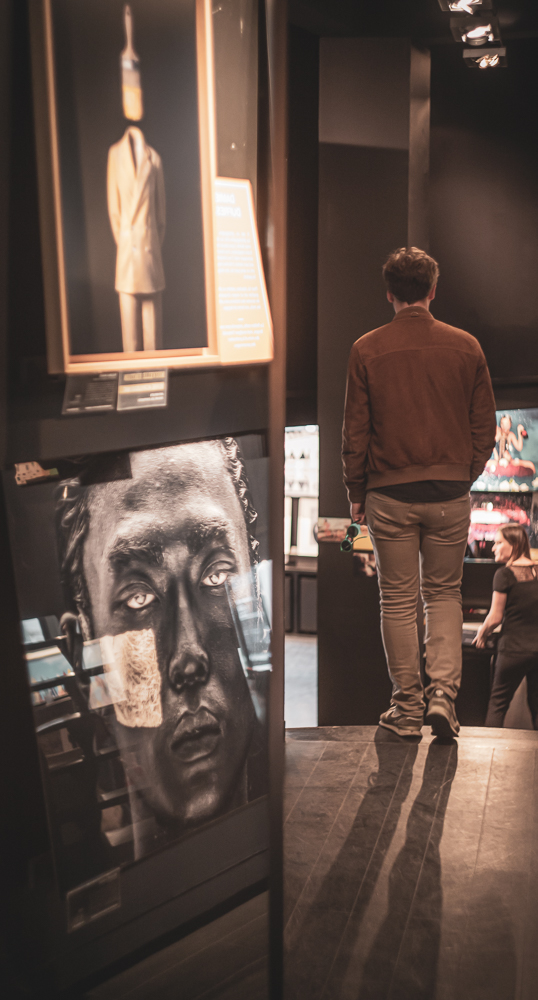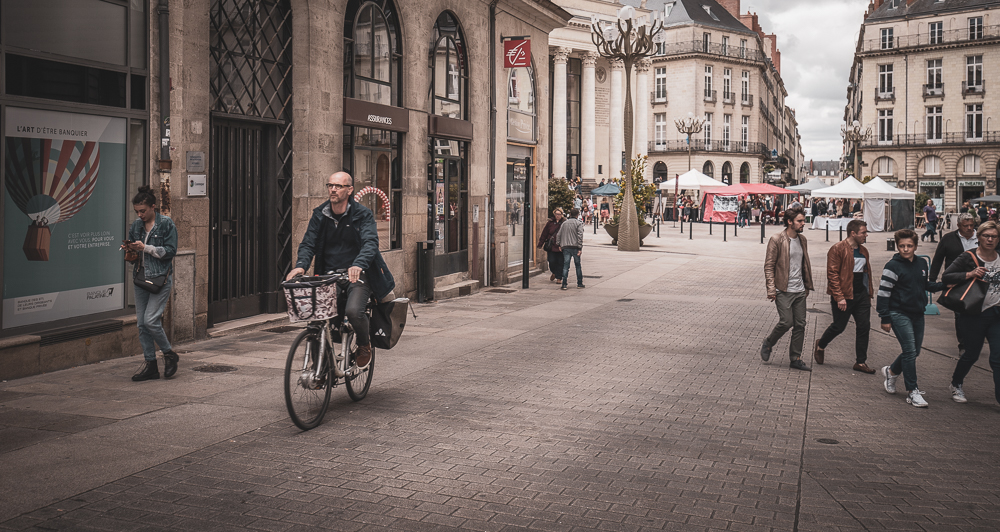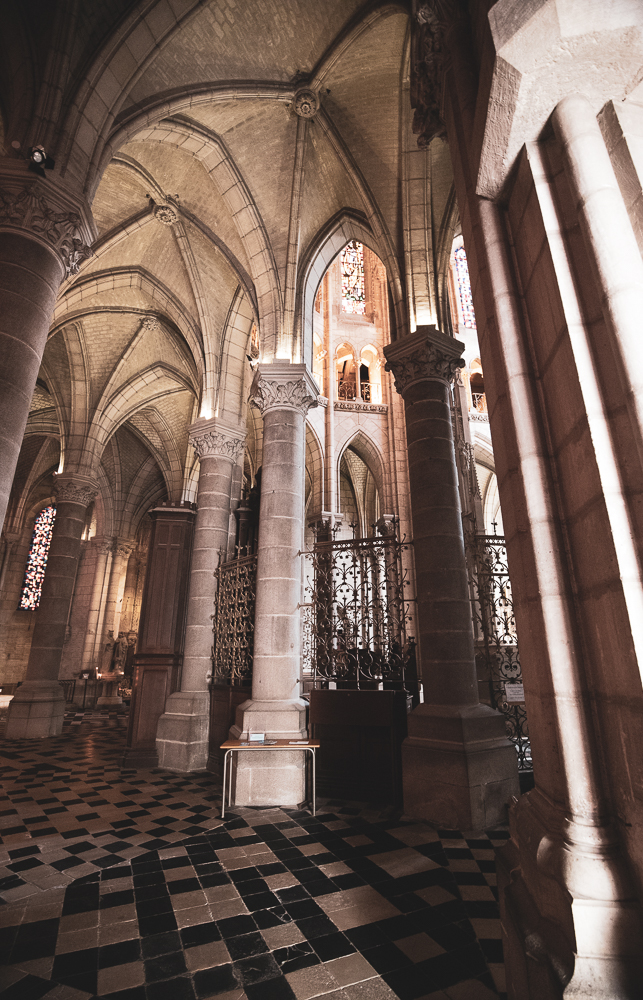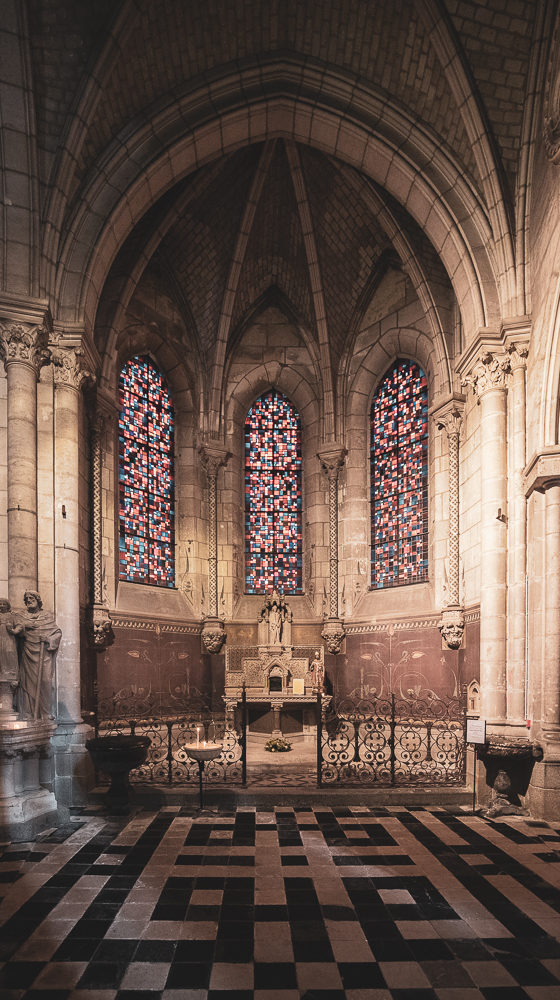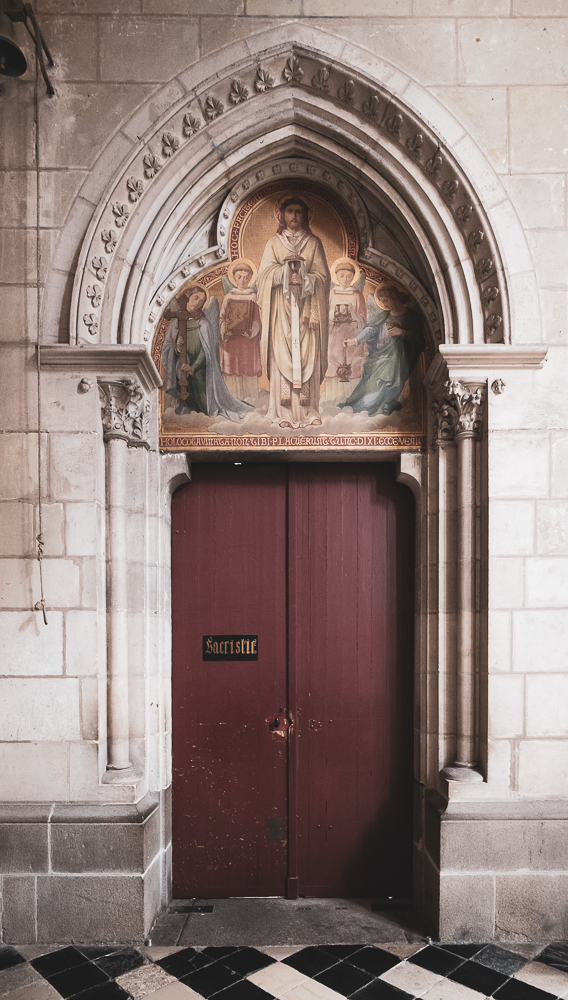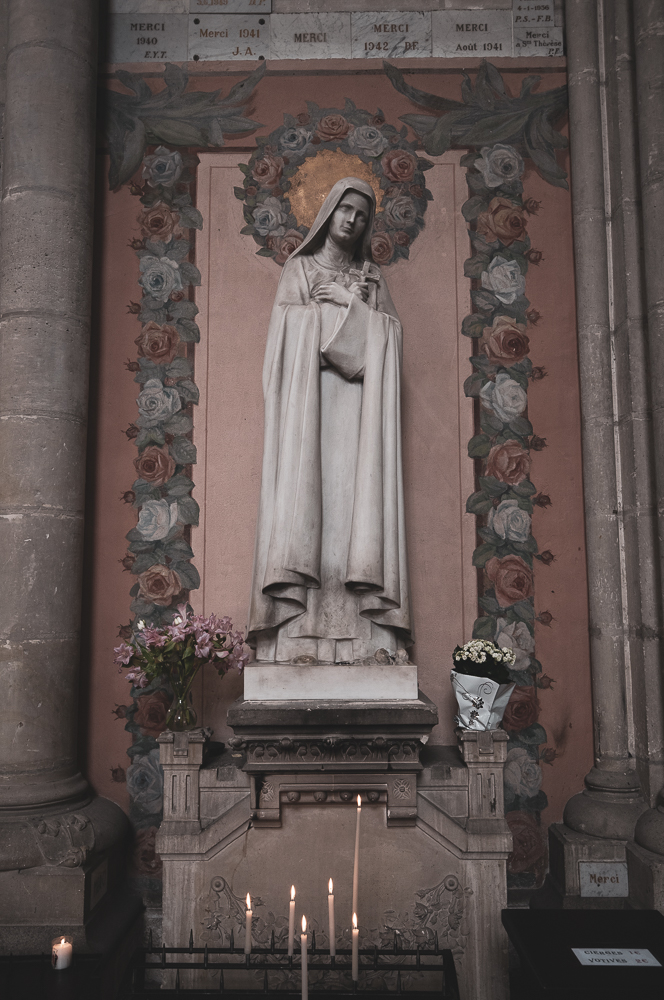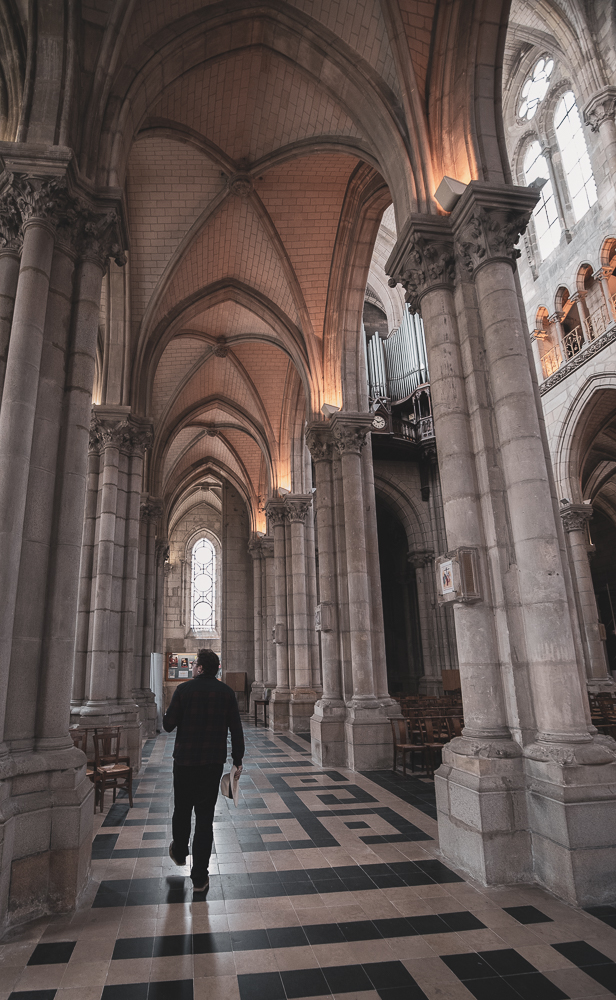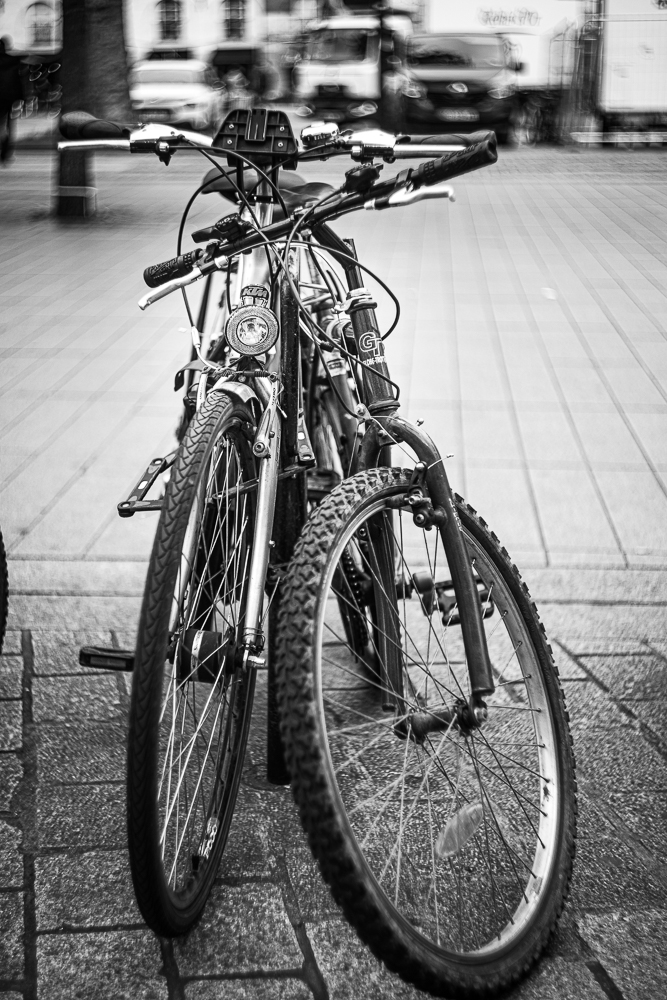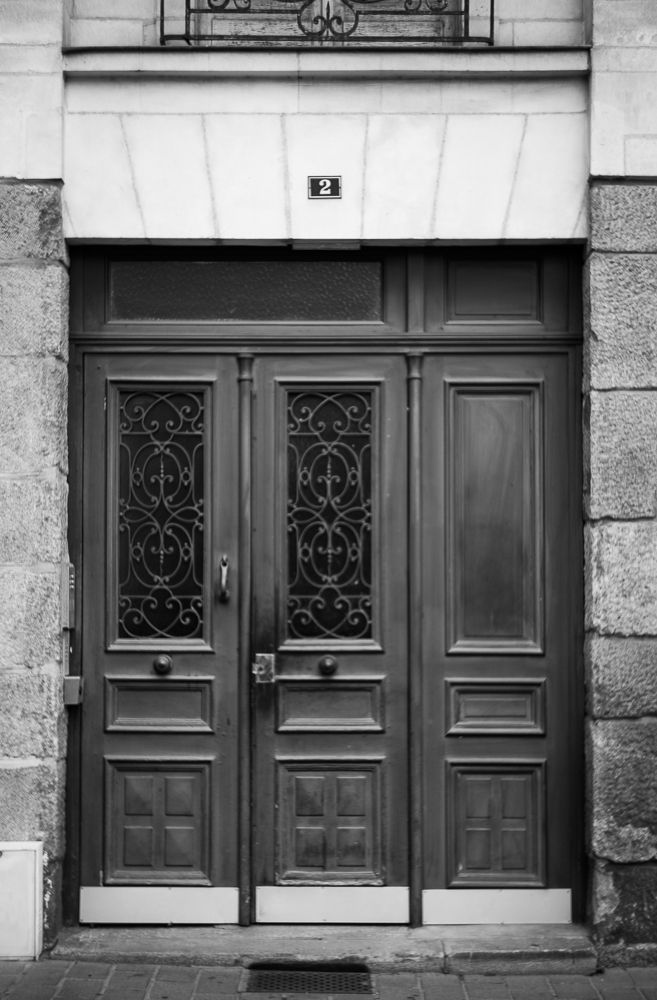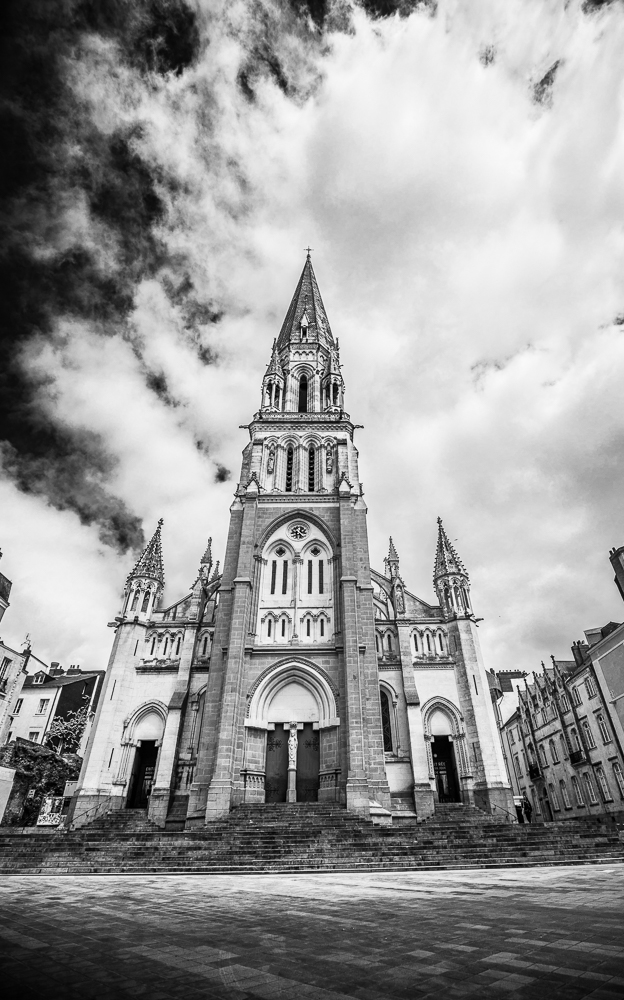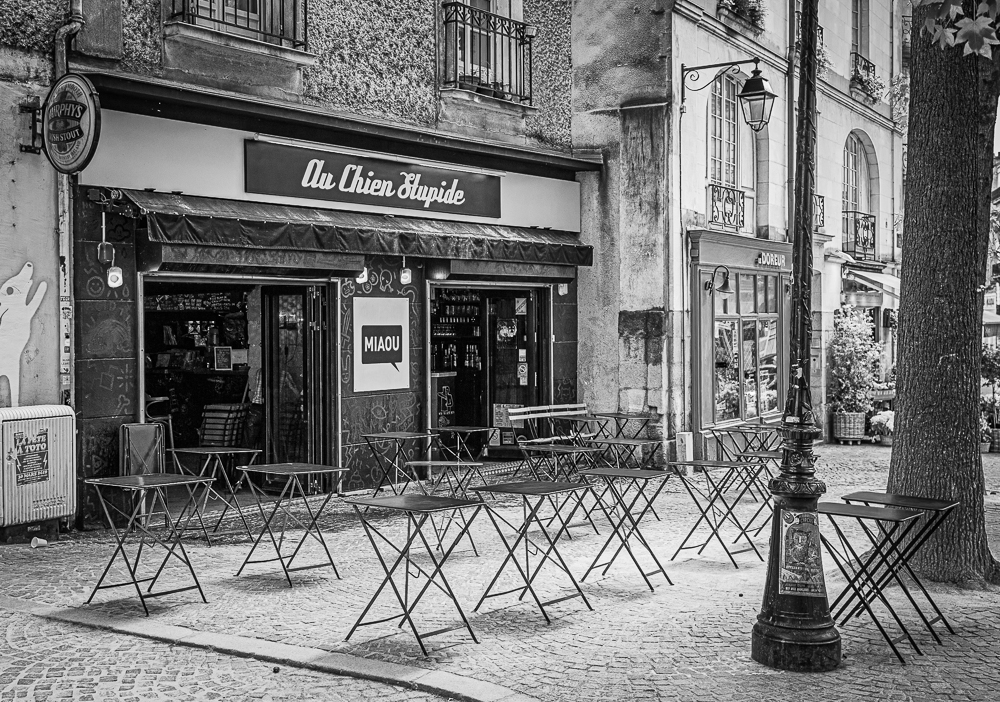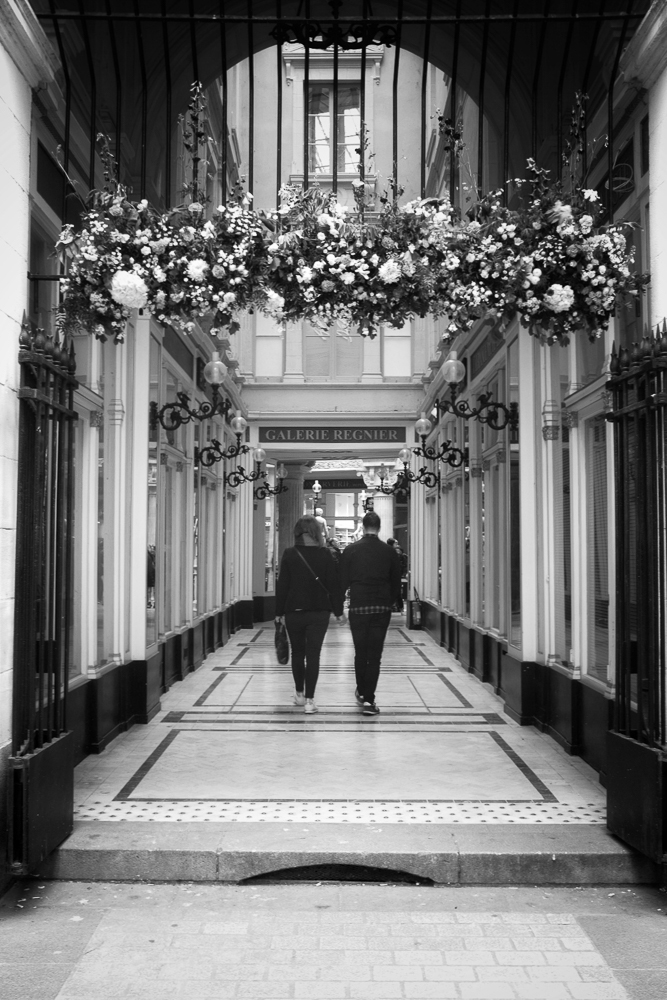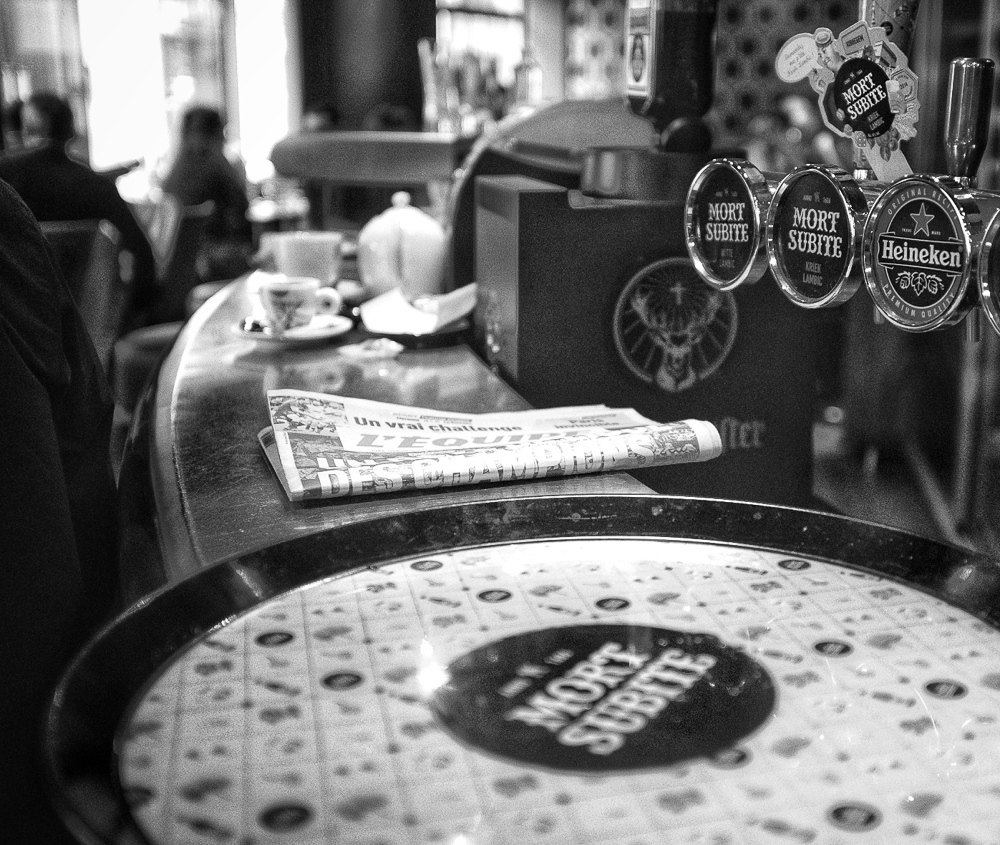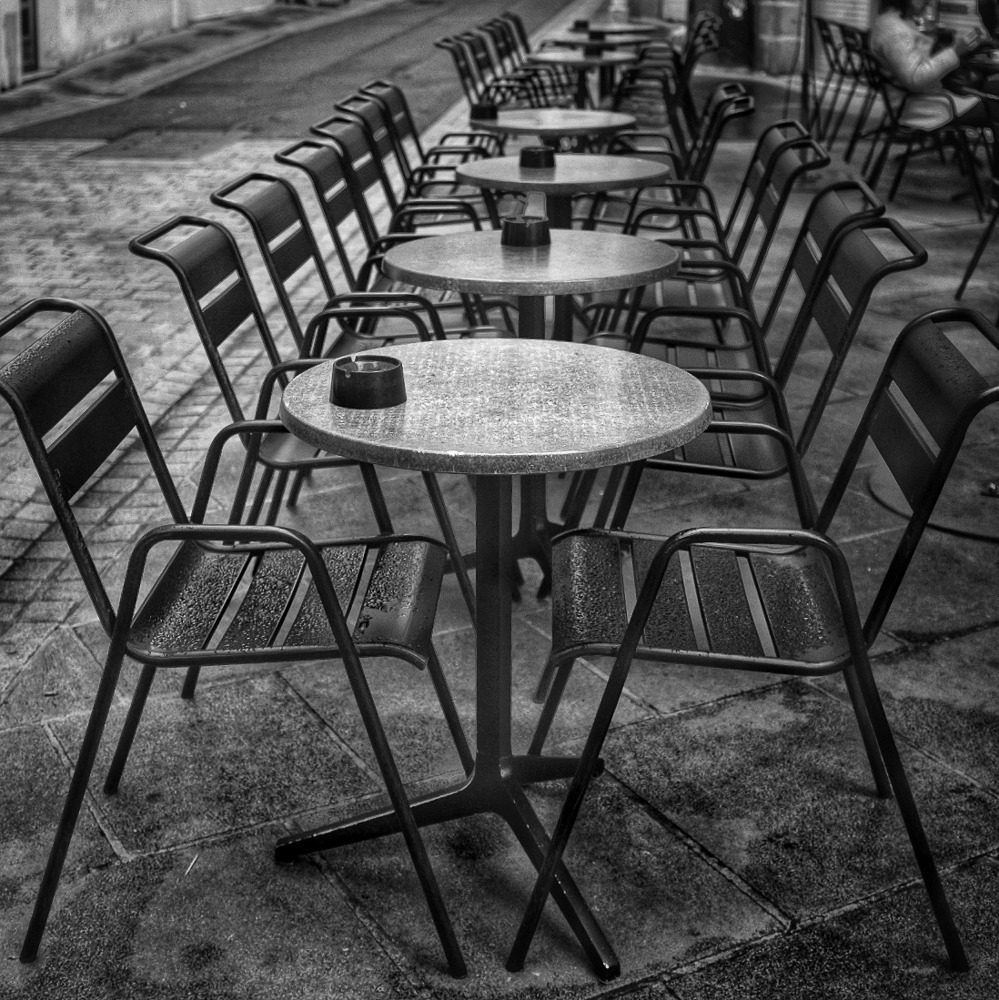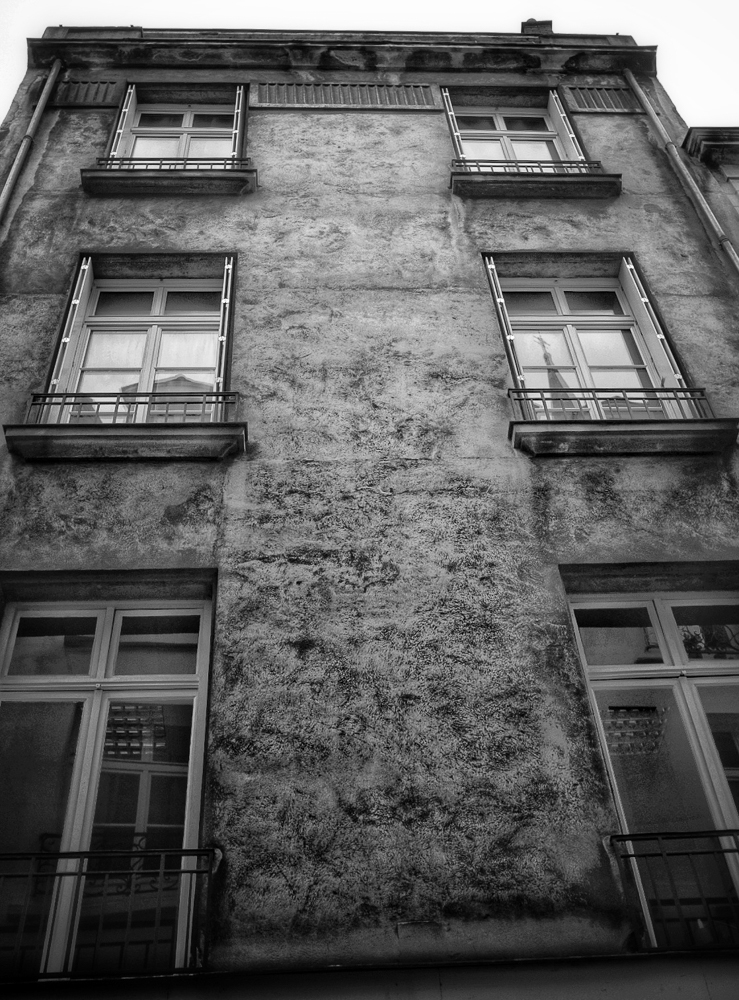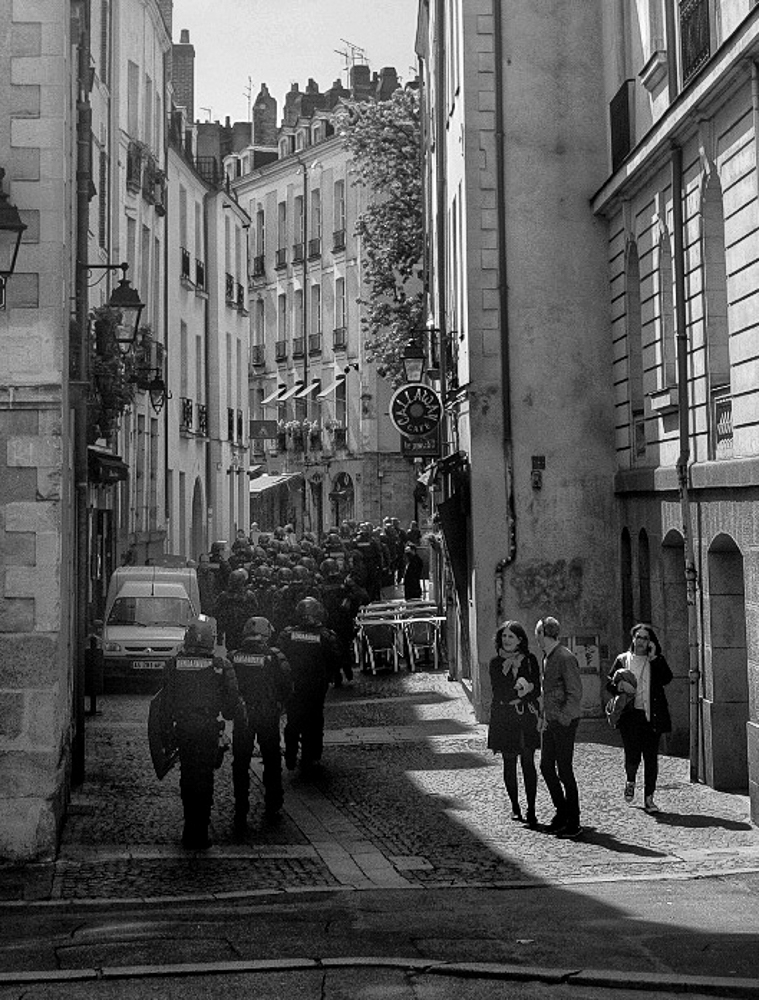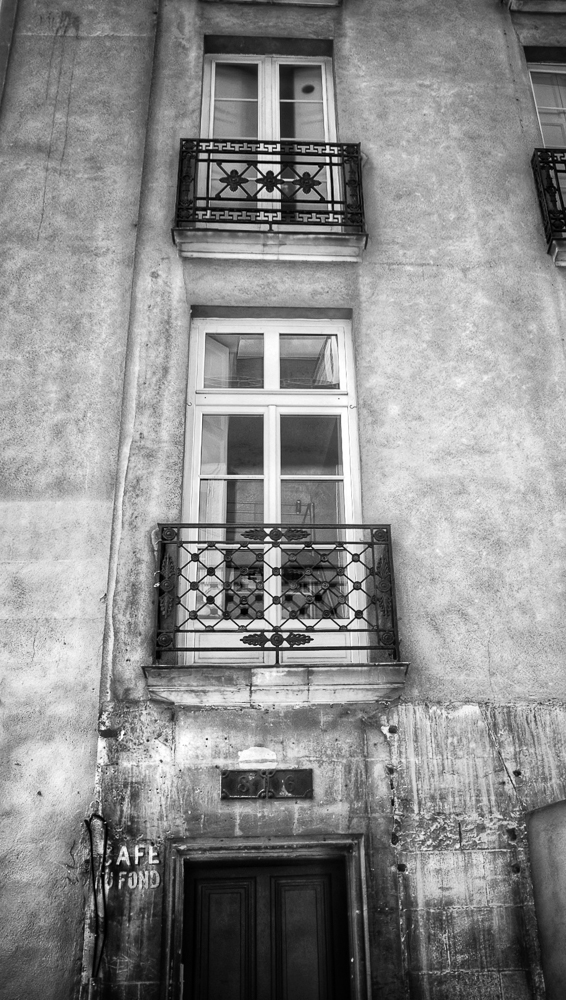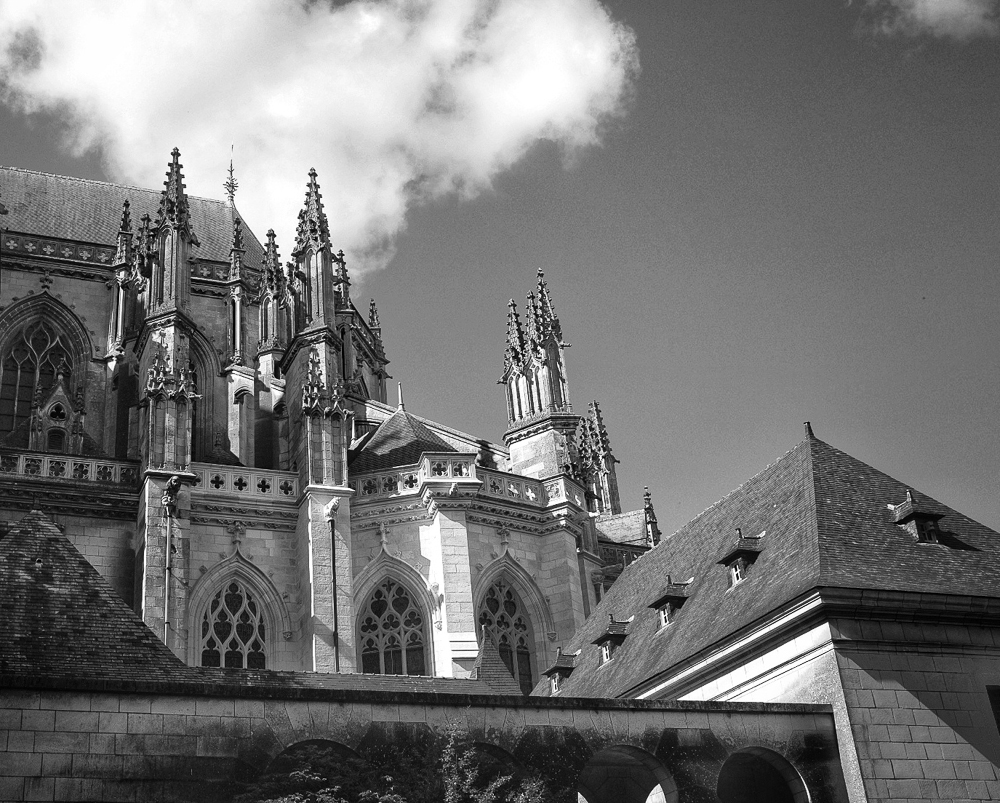Halloween has come and gone and the countdown to Christmas has begun, but no trees until at the earliest the beginning of Advent or at the latest St Nicholas’ Day.
The weather is now officially miserable and rainy. And with the hour having gone back the nights seem to be staring earlier. The rain is not proper rain, but drizzle. It’s not cold yet but the humidity is making itself known. As I drive though the country I can see leaves changing colours, falling and turning into mush along the roads. I can see mushrooms sprouting out of nowhere and remember not to take them from fields that have had crops in them.
It’s the kind of weather that makes you want to dive in to a cafe, and have a nice cup of tea and piece of cake. The French are making great efforts at tea, and though not up to Yorkshire standards, it is becoming more and more drinkable. I have stocked up on Yorkshire Tea pre-Brexit, so should be good for a while. Thank heavens for extensions!!
For the photographers amongst us we are facing the other challenges that Autumn sends our way. Bad light, rain, and worrying about getting our gear wet. I still think it’s worth going out though. You might think that you need the sun, the good light, the warmth of Summer or Spring, but each season has it’s own particular beauty and deserves its place in our photographic collection. The soft light will lead to less contrasty images, and you will have to think more about the scene in front of you.
Photographs are like ideas. They are there waiting to be picked and put down on paper, or on screens, and shared. Are we really inventing and creating or are we merely recording what is there?
People have accused me of being and artist, and I have told them that I am nothing more than an observer and documentalist.
I have heard a definition of art saying that art is the transformation of matter by the artist into something new. Drawing is taking the graphite in the pencil and applying it to a page, painting is taking the pigments, putting them into a medium, be it oil, acrylic, or water, and applying them to another medium, be that paper, canvas, or anything else that will let the paint stick to it.
Now in photography one could argue that the matter is light, that we apply to a film in our carmera or our sensor… I see people creating things either in the darkroom or on the computer. Is it art? Possibly. But I feel that what I do isn’t. I do some minimal editing, the basics if you will, reframe and then publish. I might apply some of the basic rules of art to my photographs, but does that make me an artist? I don’t really think so.
When I was studying the horn, yes dear reader, for my sins I am a musician also, I was told that when you play your concerto in front of an audience, you are reciting the text on the page of music before you. The phrasing is given by the composer, as well as indications of nuance and dynamics. Alright, not before the classical period, but they followed conventions that were deem so self evident that there was no point in writing them down… so! I play my concerto. The audience may listen to it and maybe moved by the composer’s music, and when they clap at the end, or throw bottles of beer etc., is it due to the music, or just my playing of it? I won’t be as prideful to say it’s my playing. I am just reproducing what is on my page. The same things goes for photographs.
Once that concerto, or photo is out there, it is no longer mine. It belongs to the audience or you, the viewer. It might inspire an emotive response, but it is not me, it is your response to the stimulus before you. It might remind you of something. It might spark that souvenir from the past that I talked about in my last article. You might even interpret it in some way that I couldn’t even begin to imagine.
The photos were taken on the x100f. I’m off to mass so I will love you and leave you. I hope you enjoy looking through these photographic offerings.
